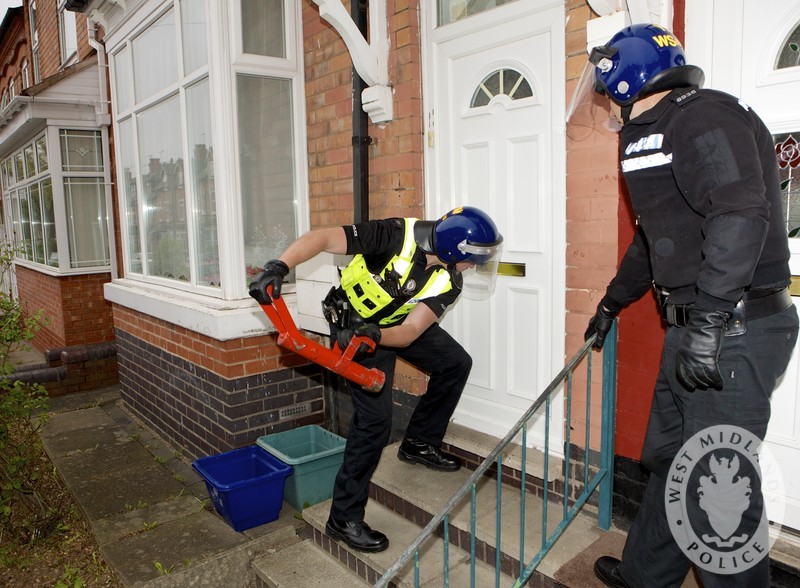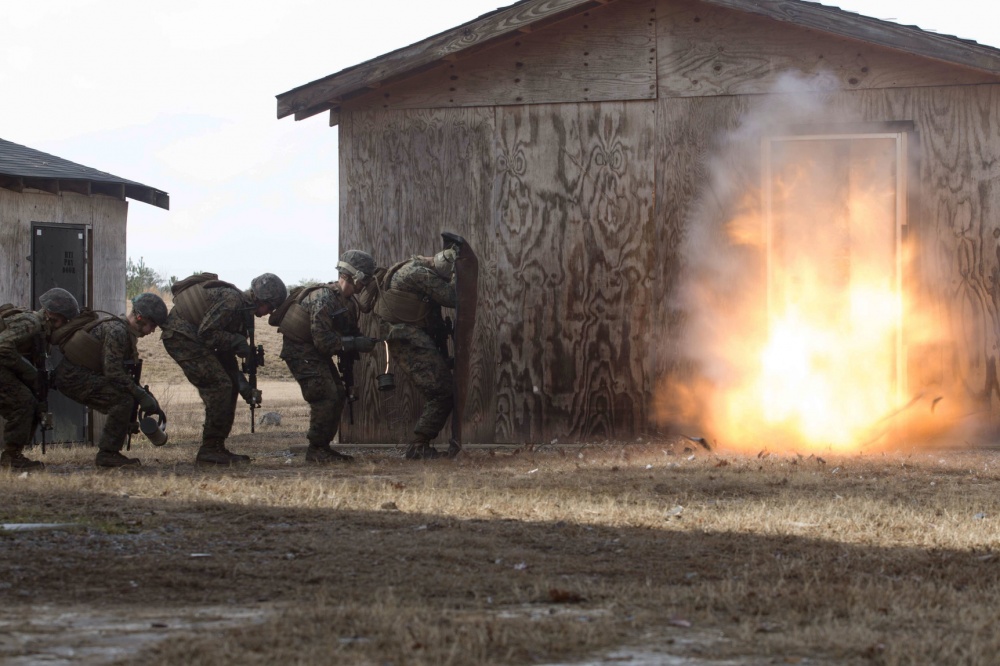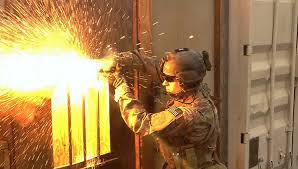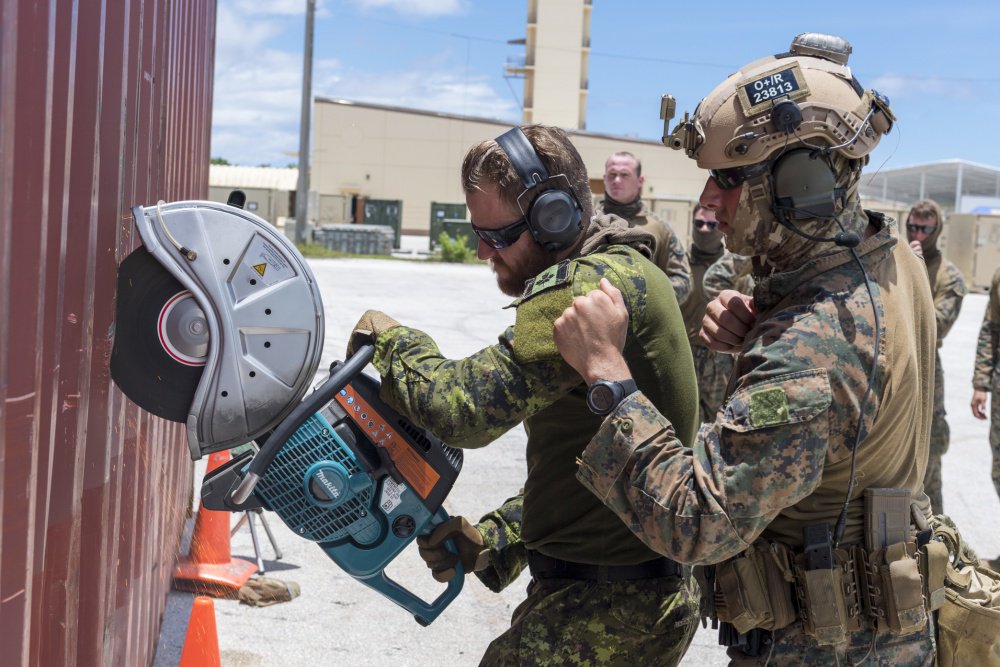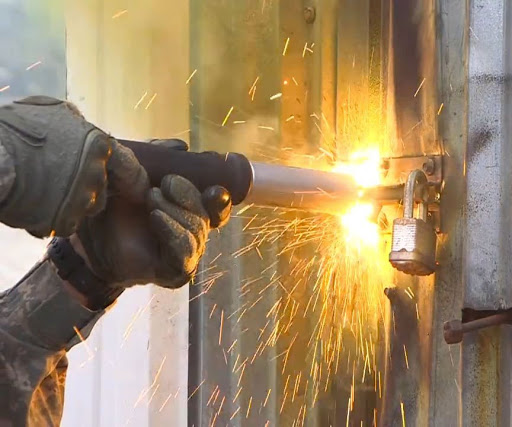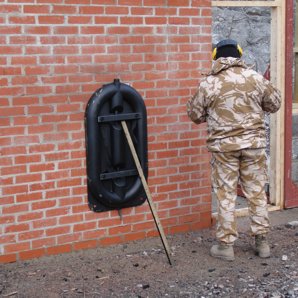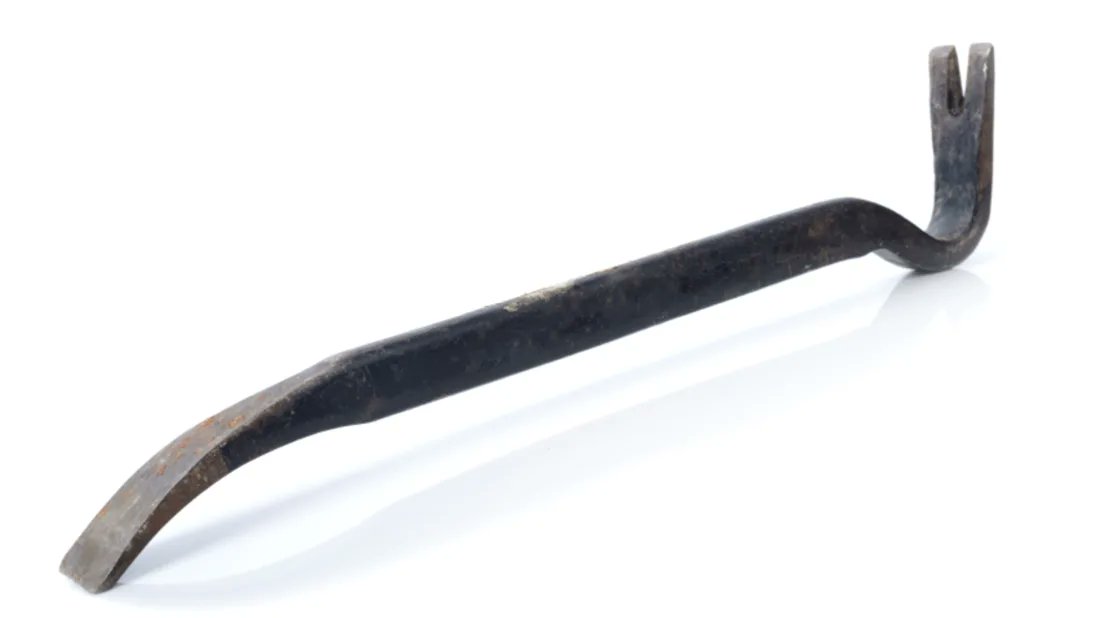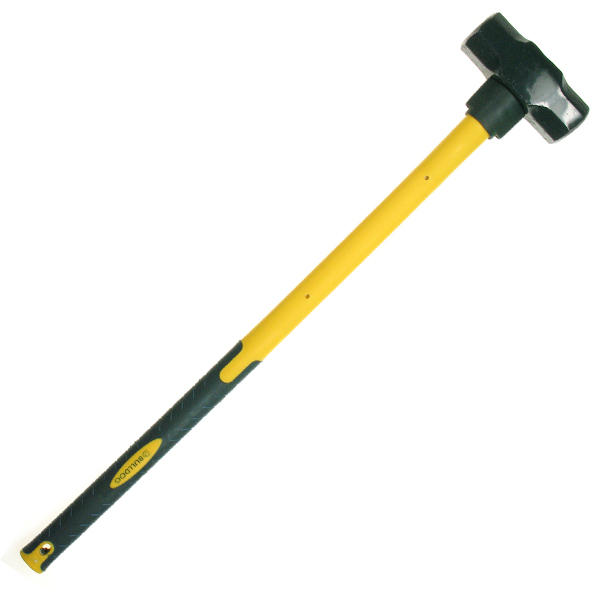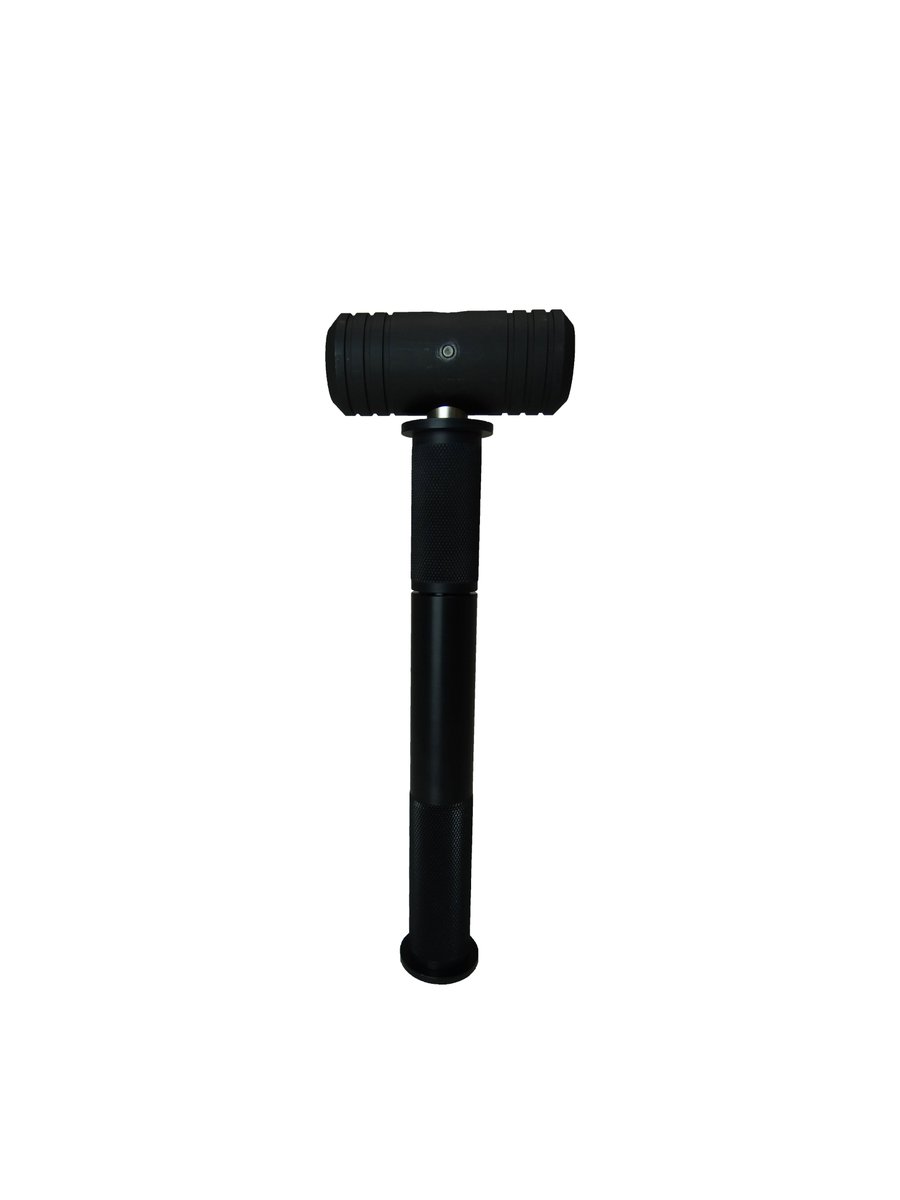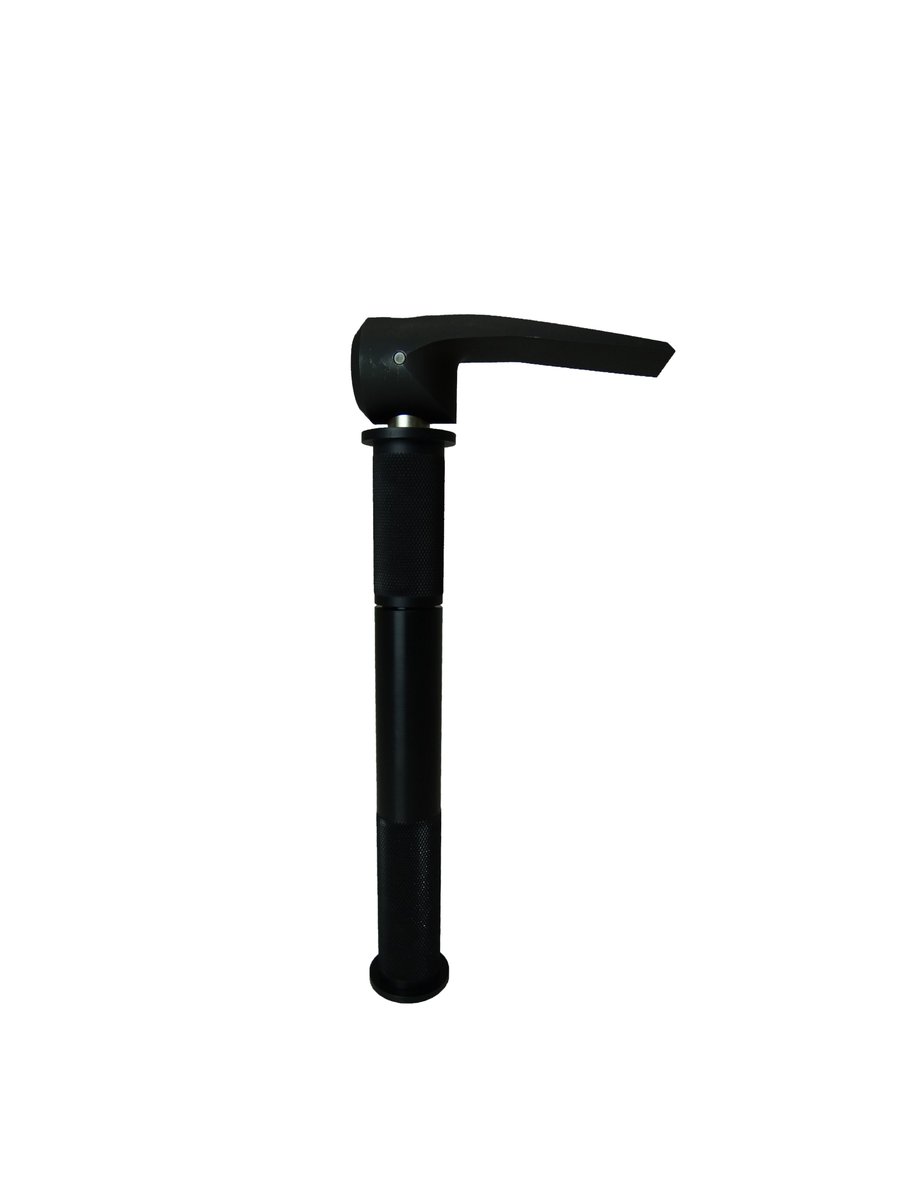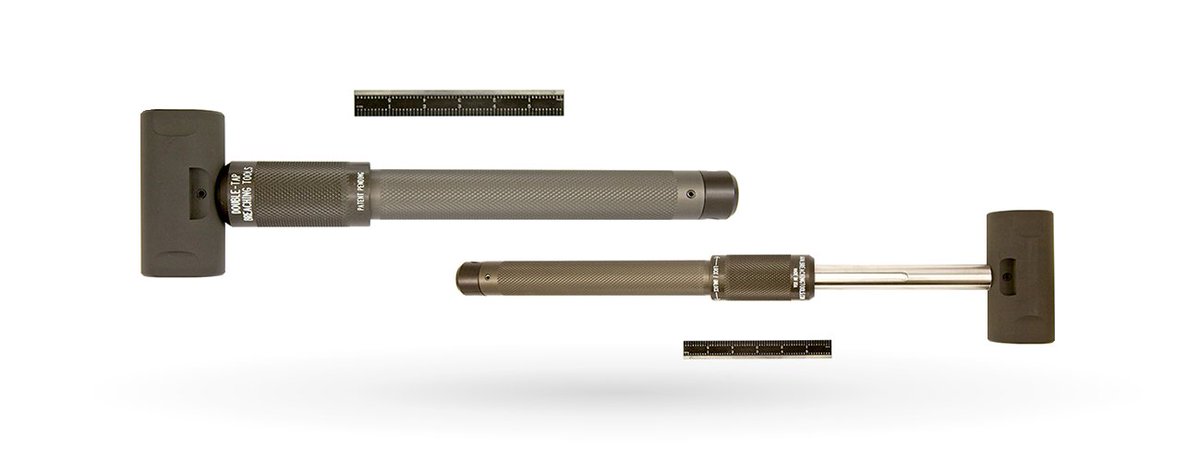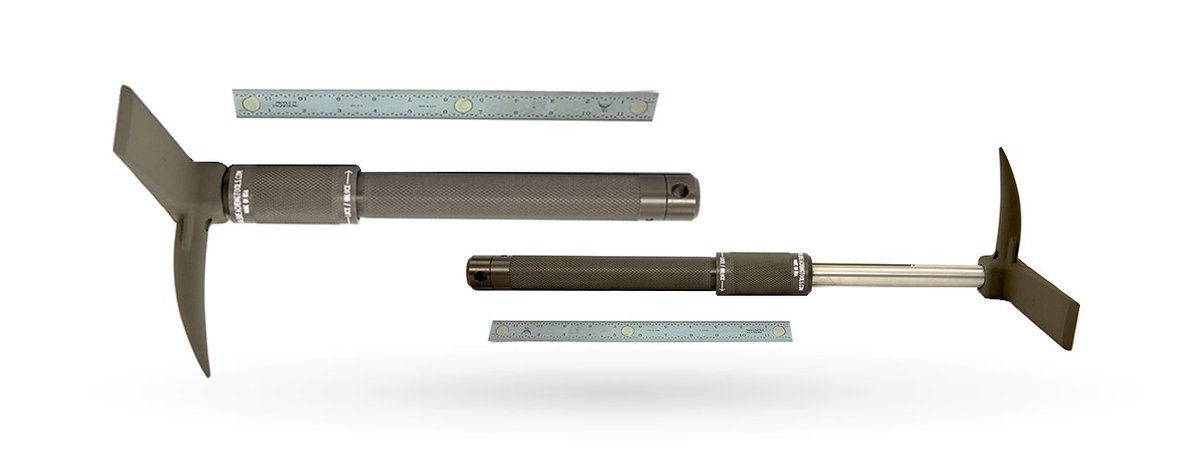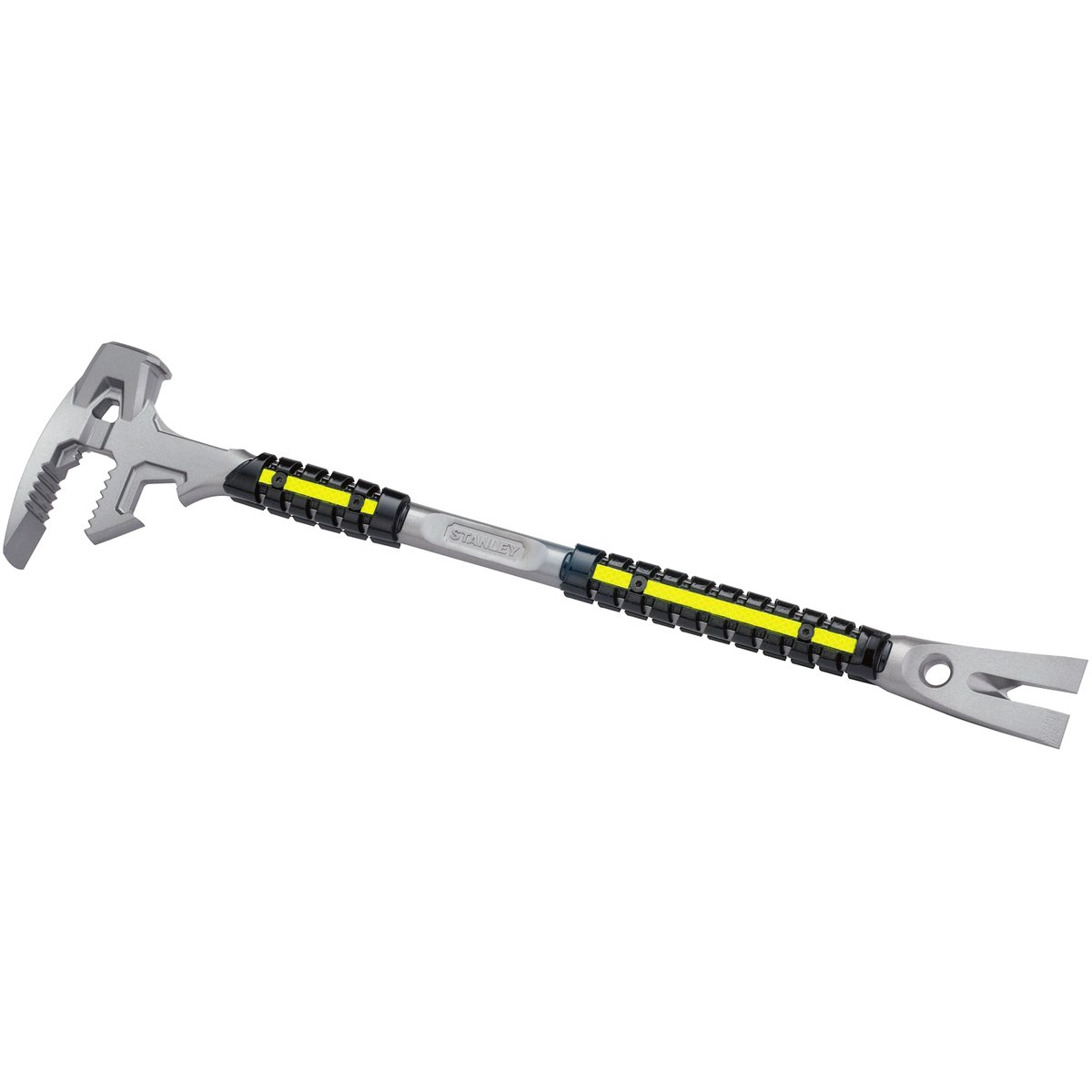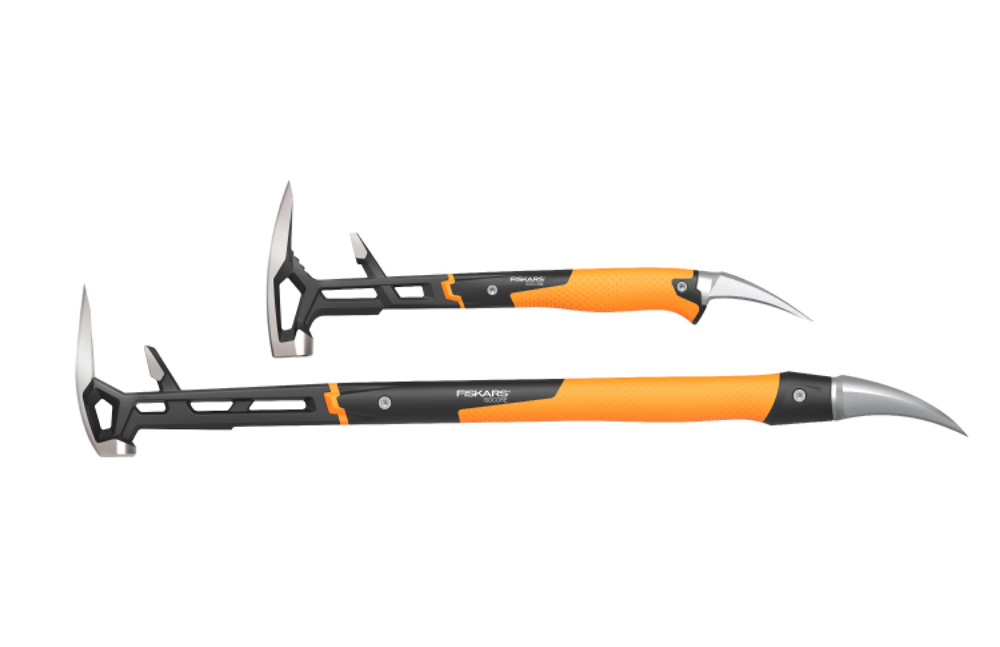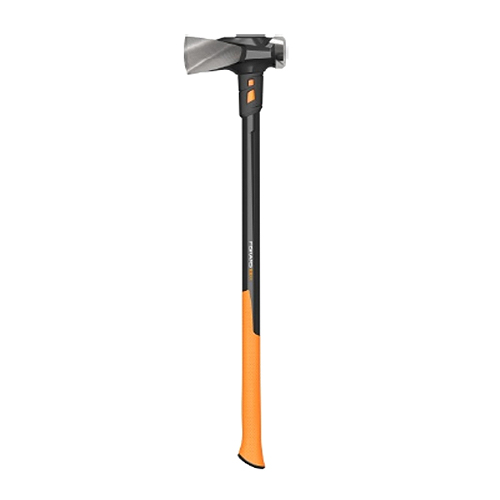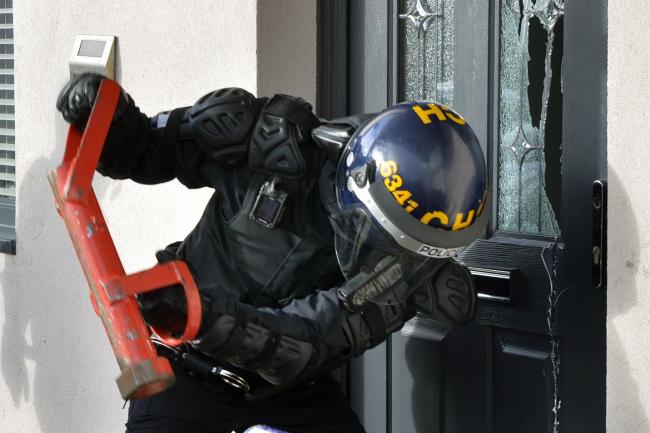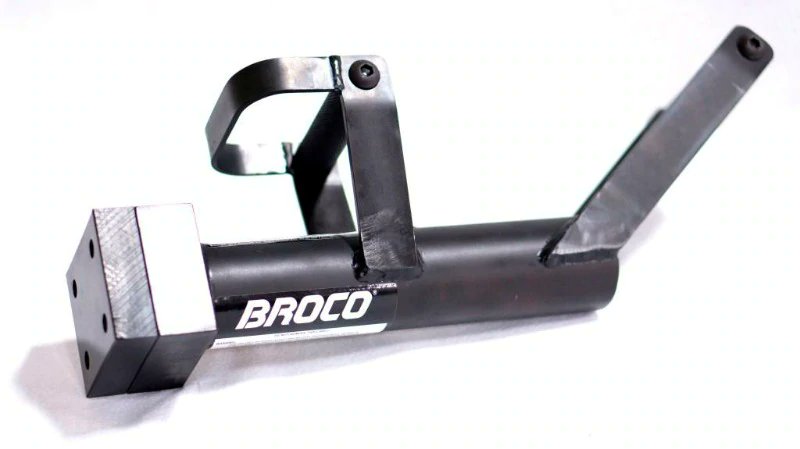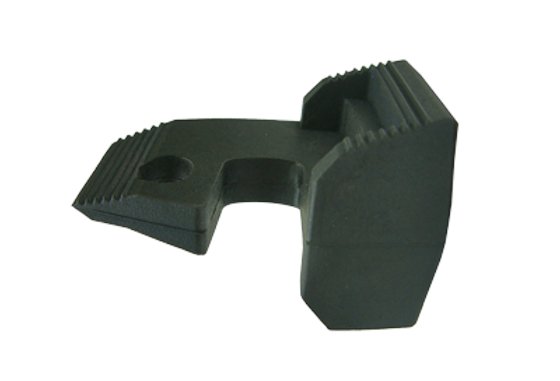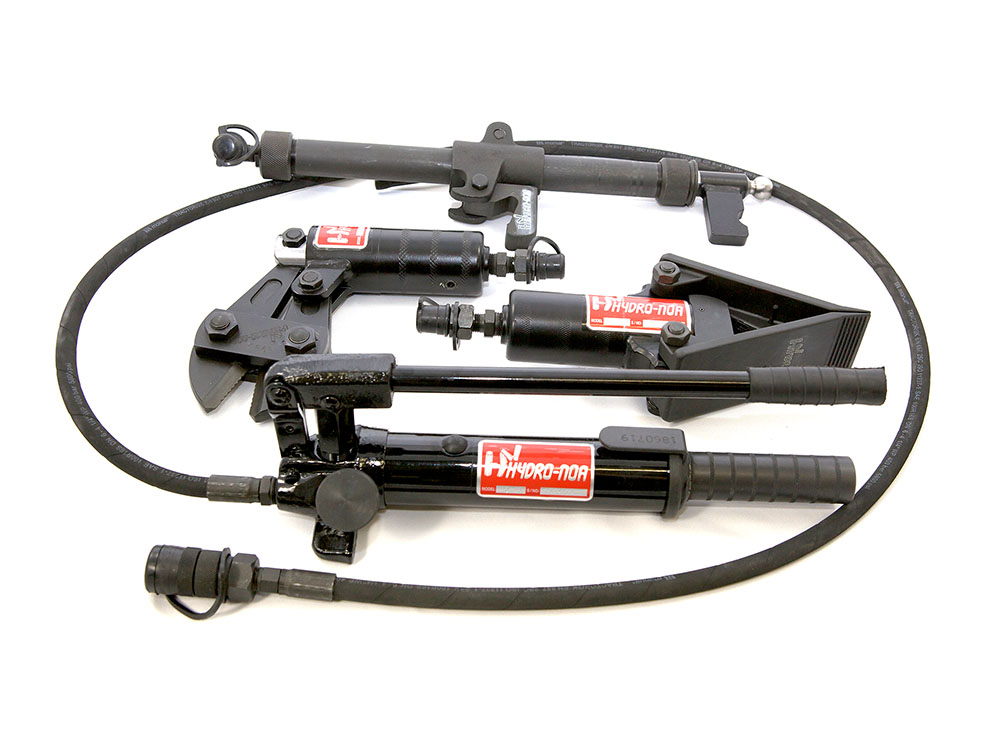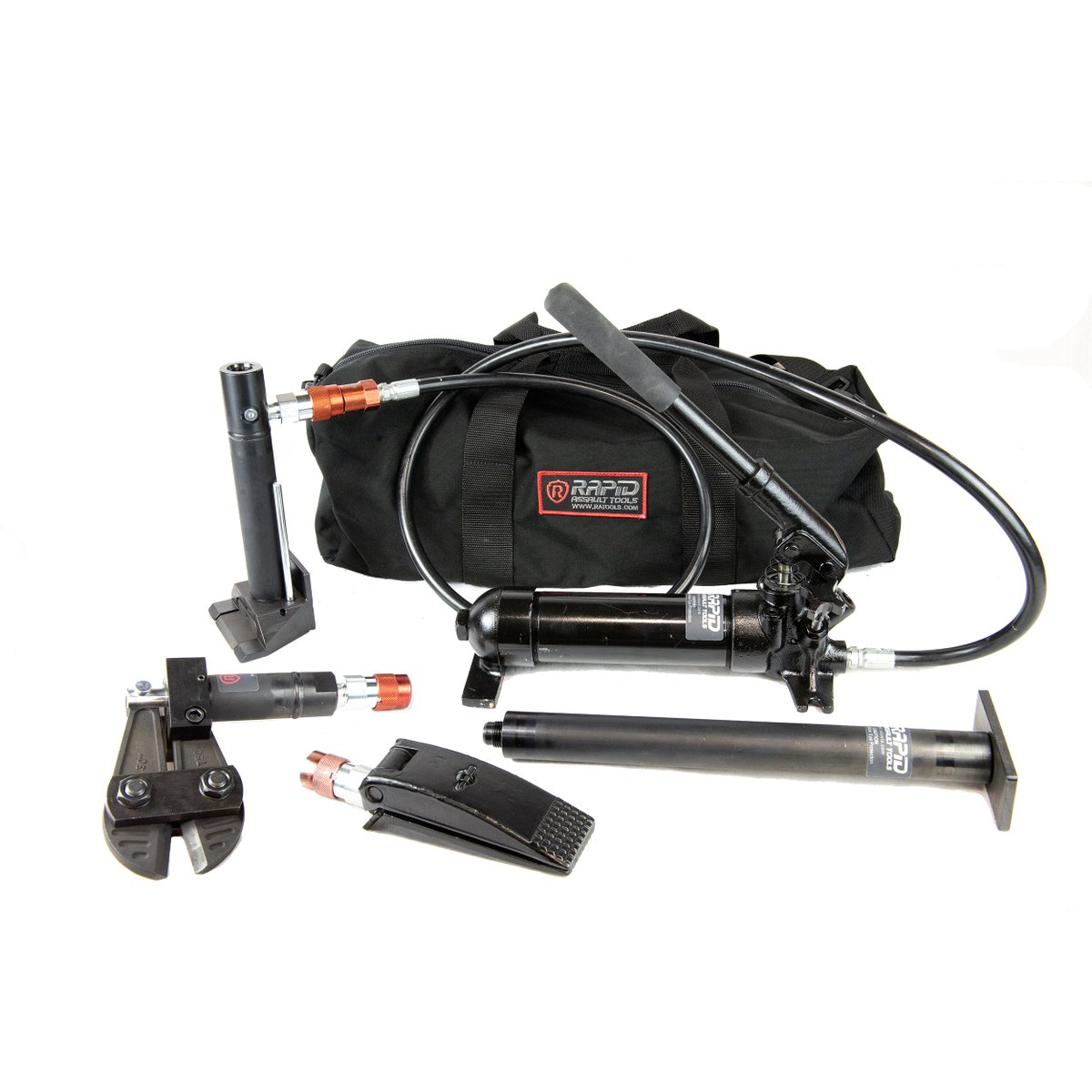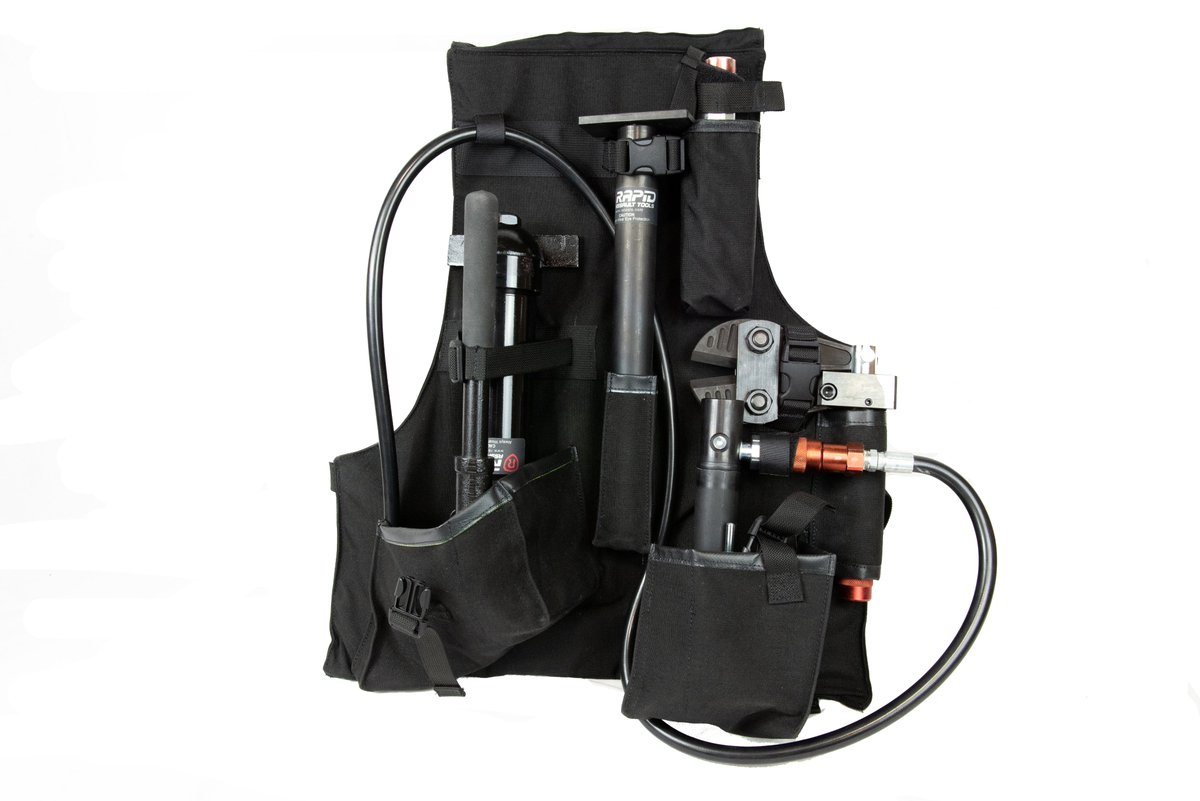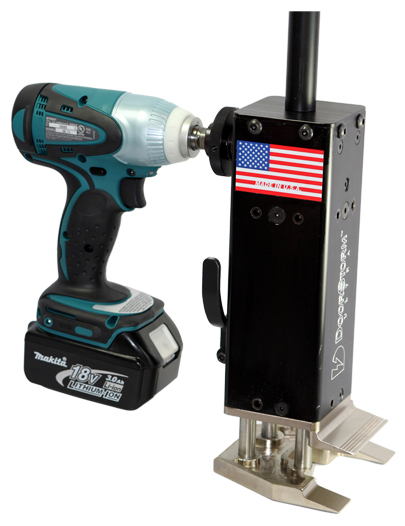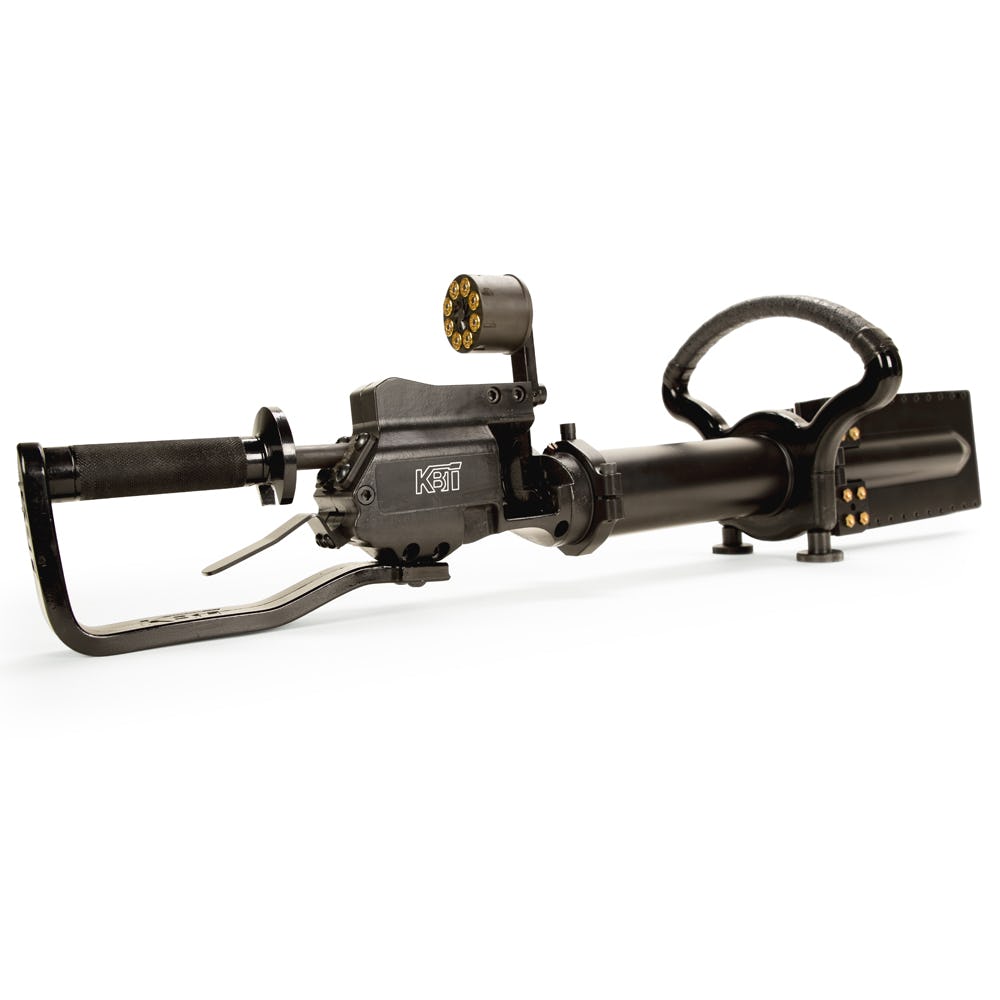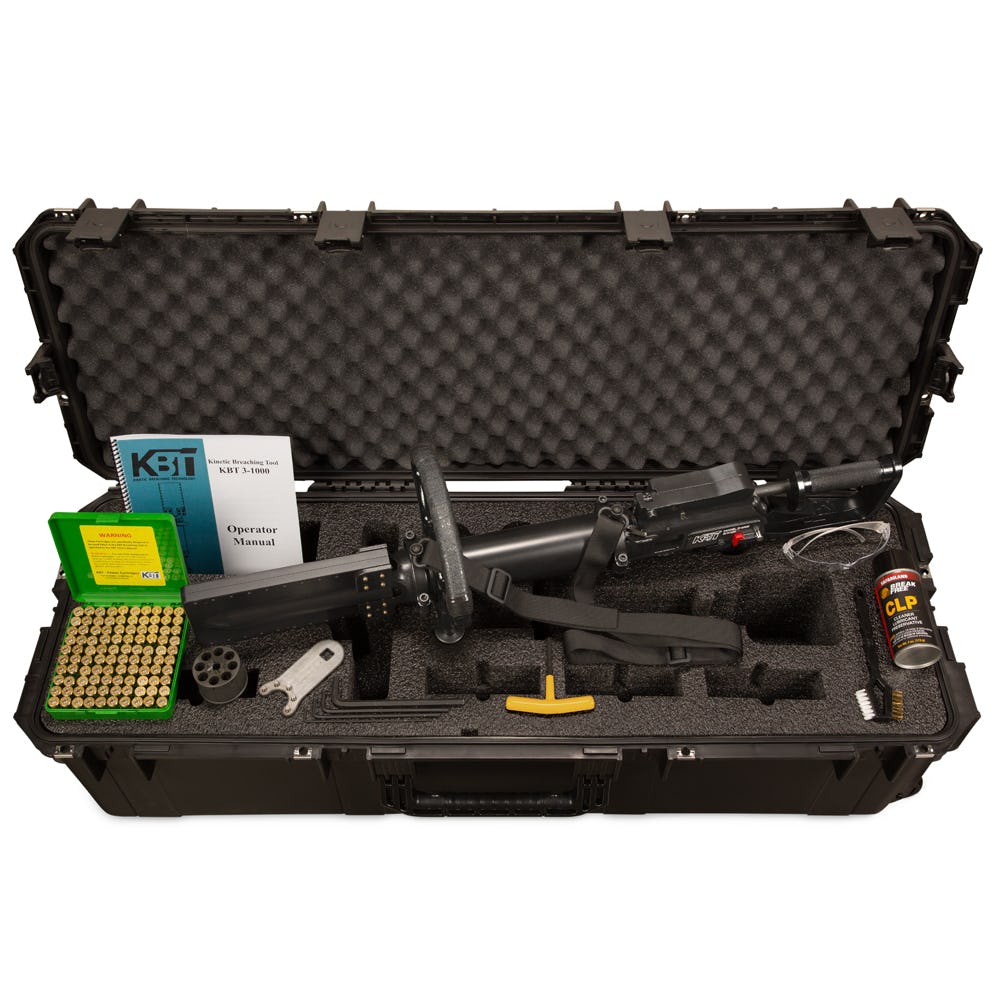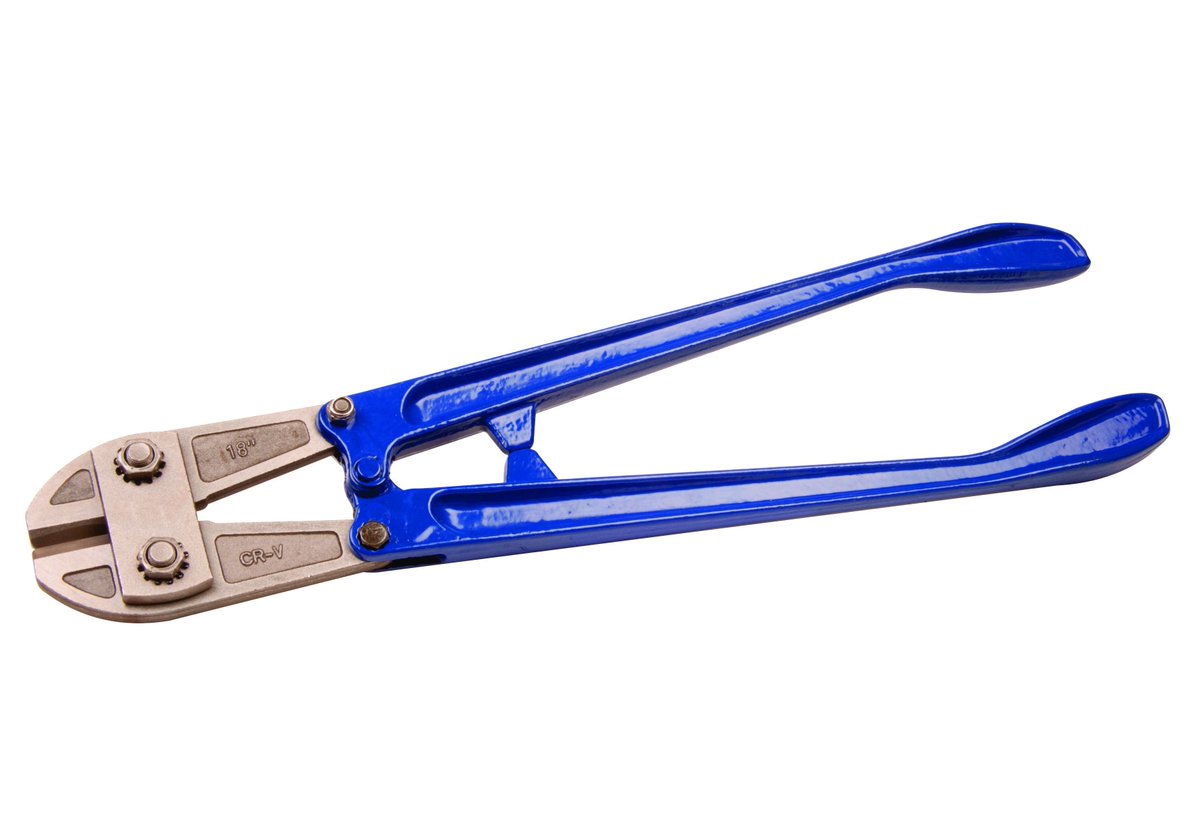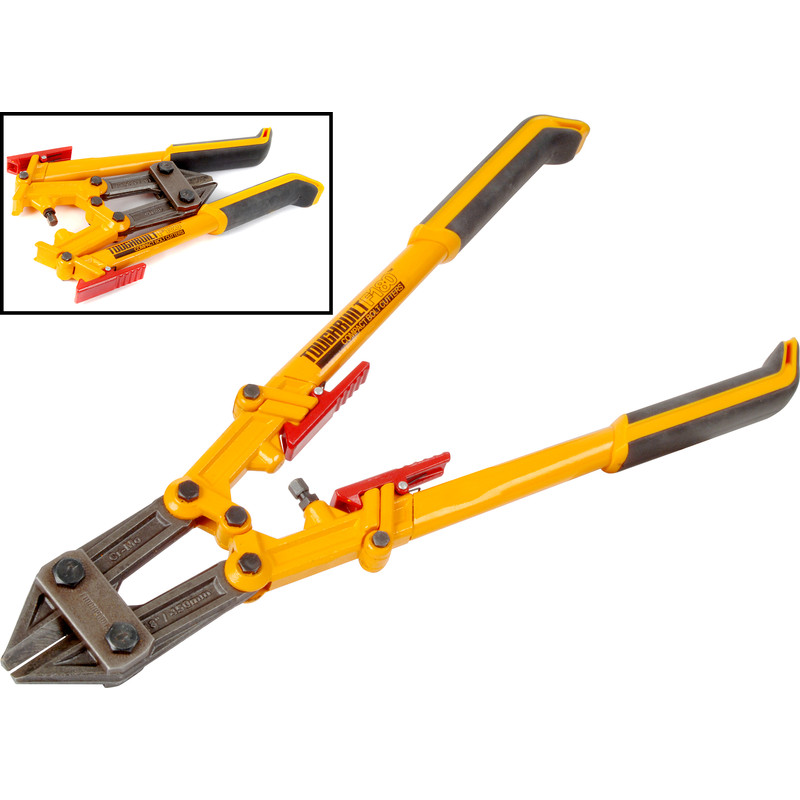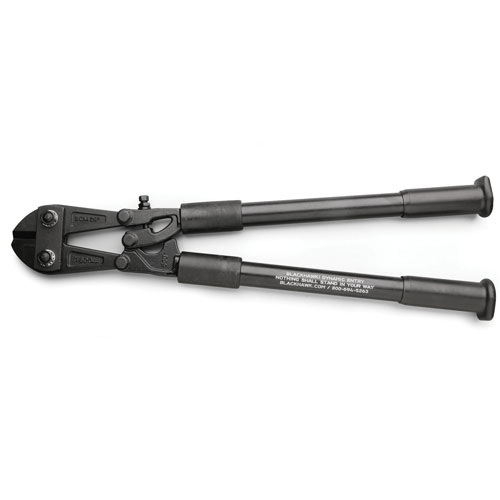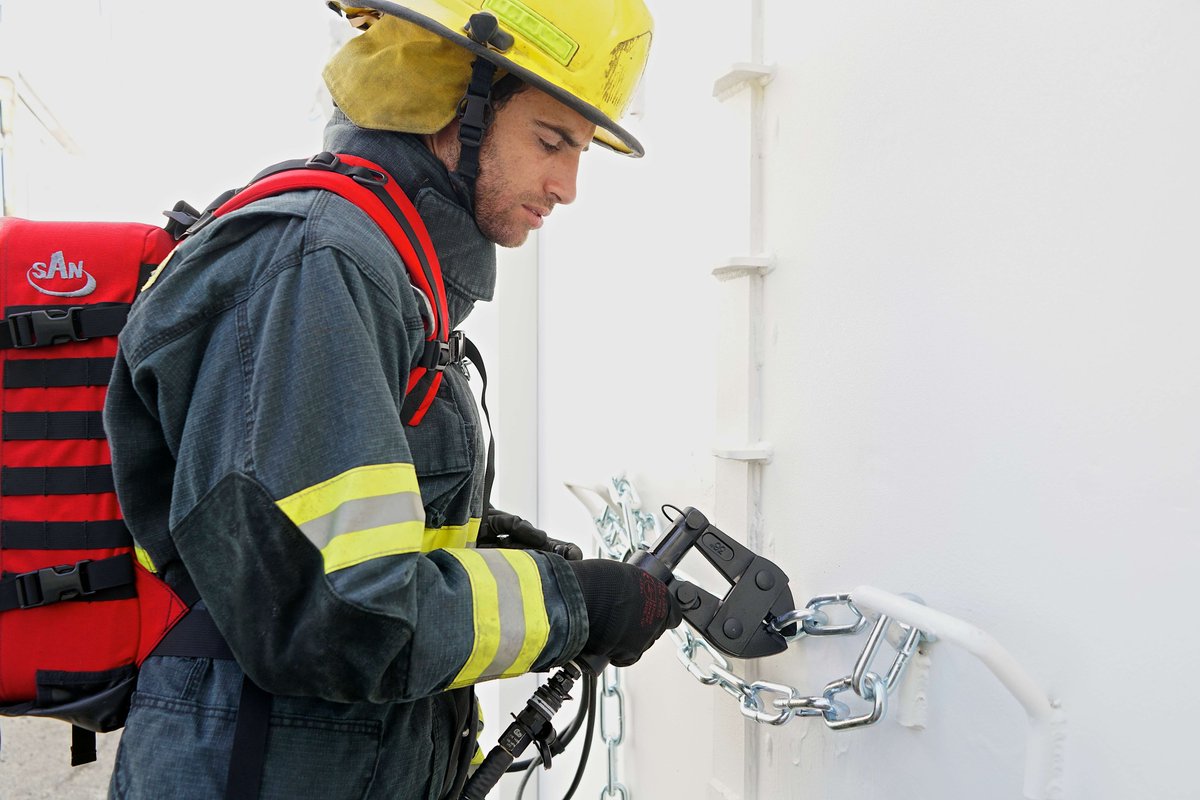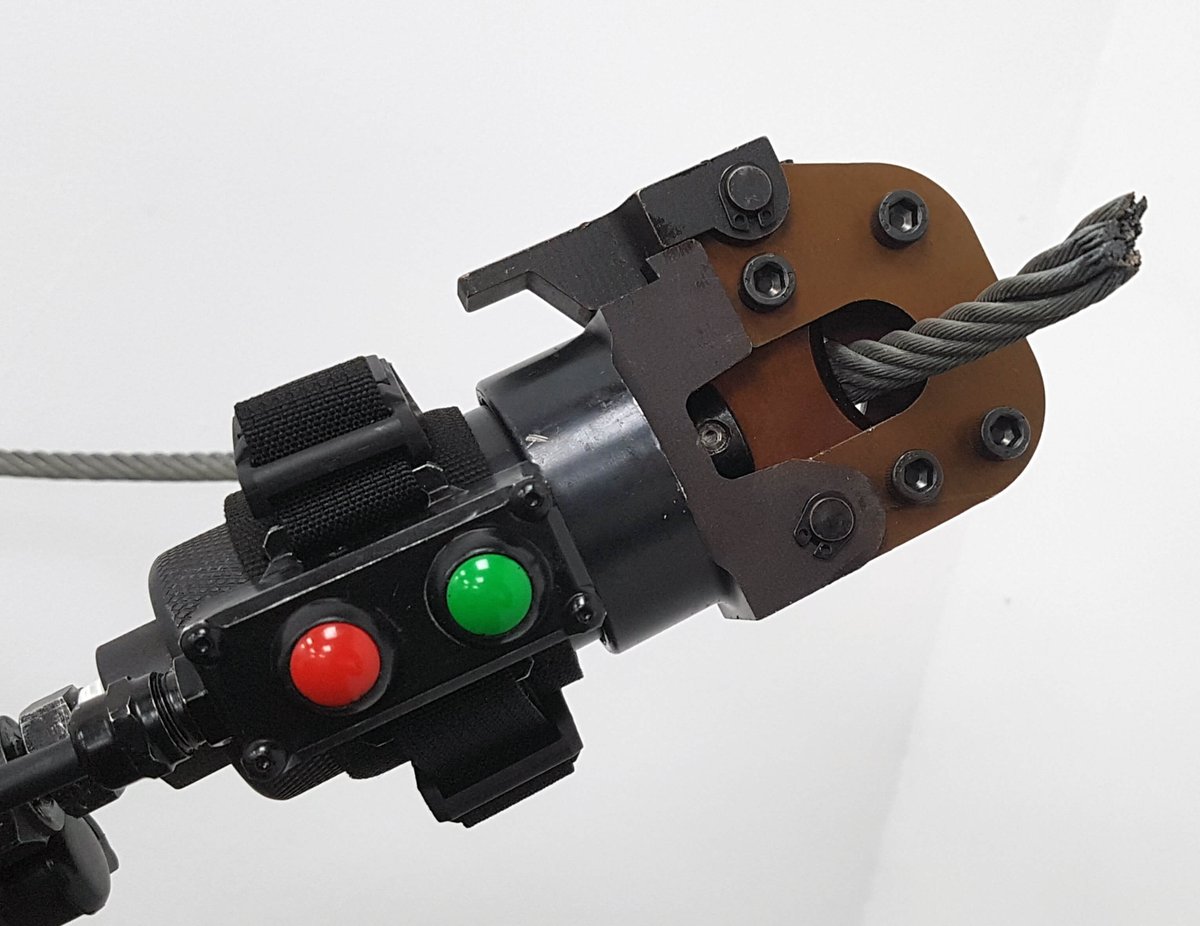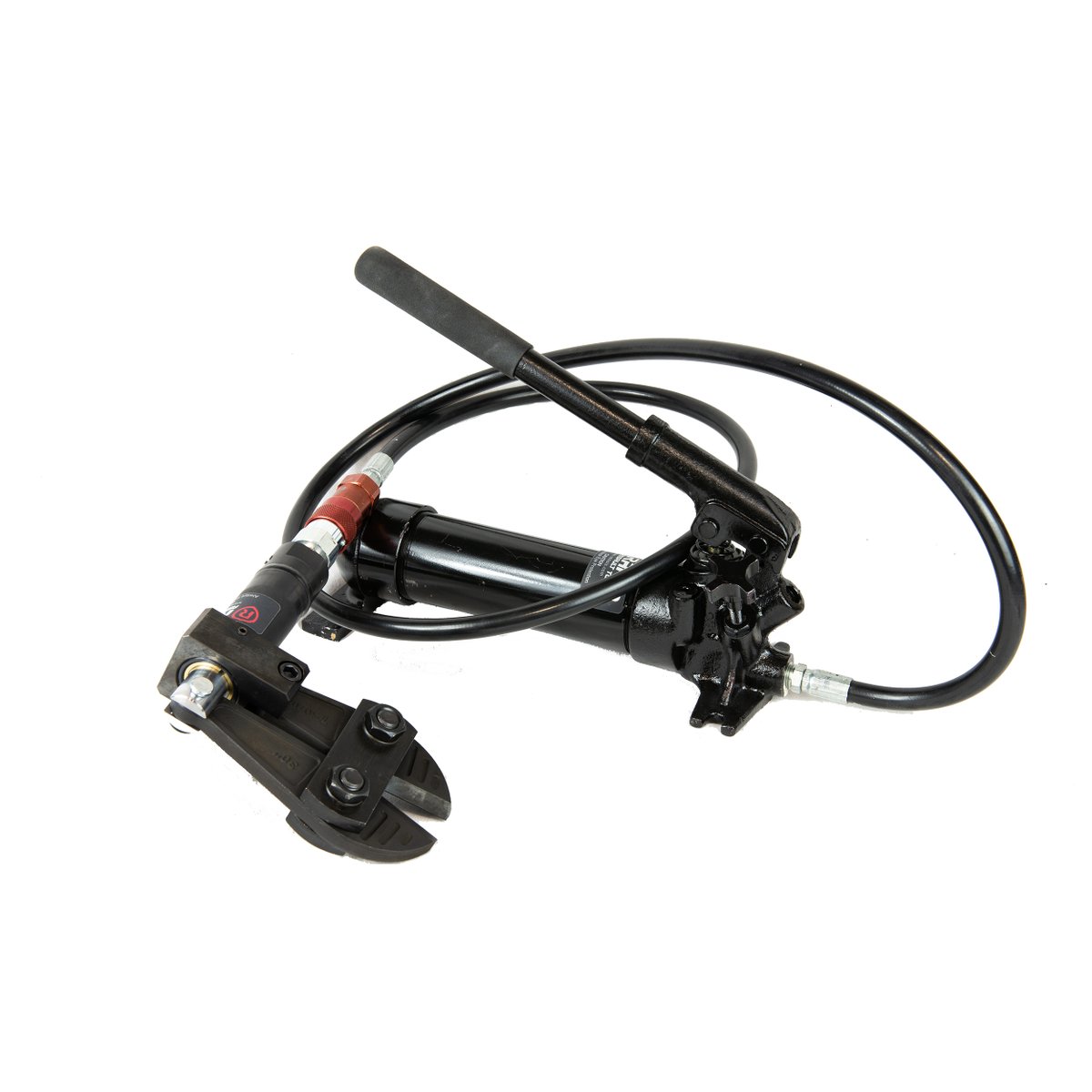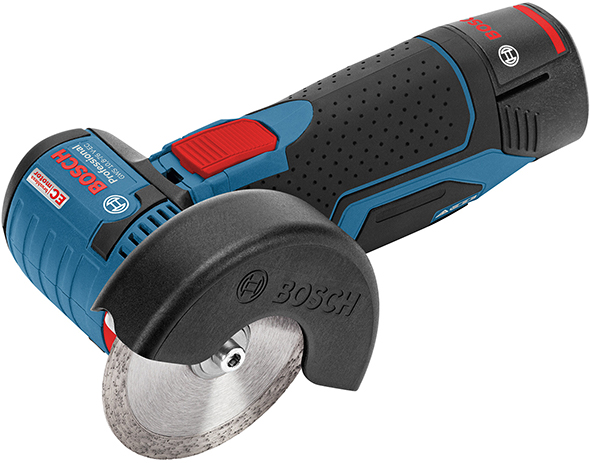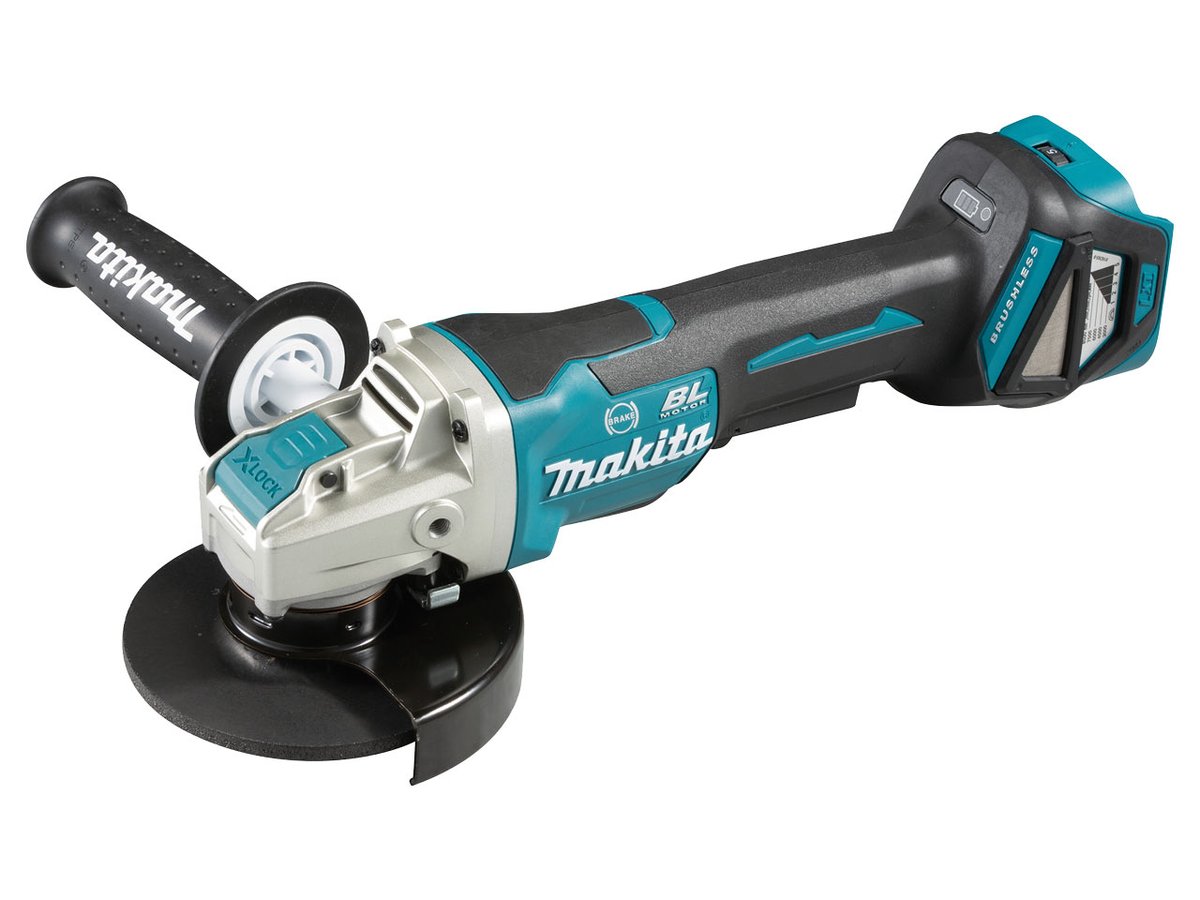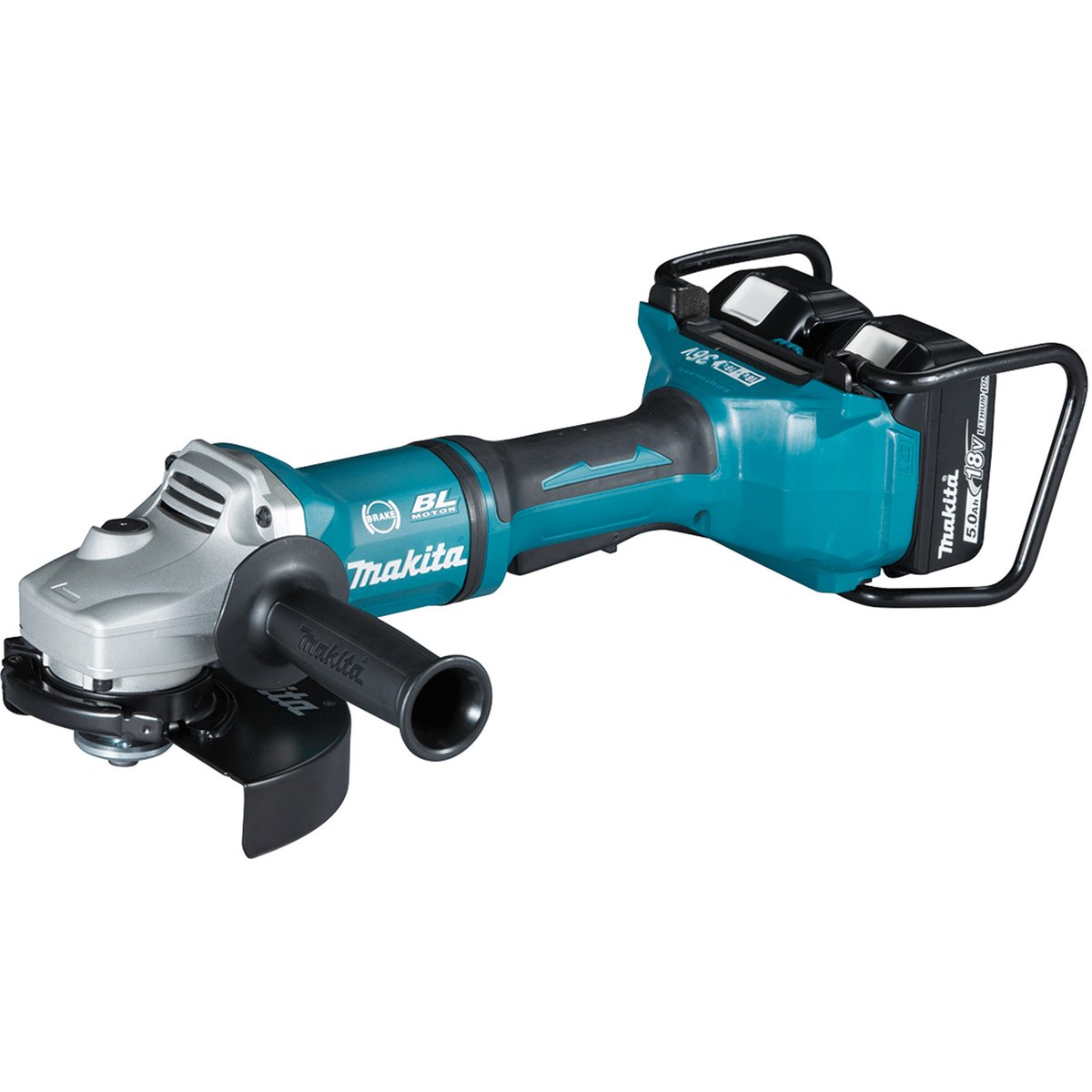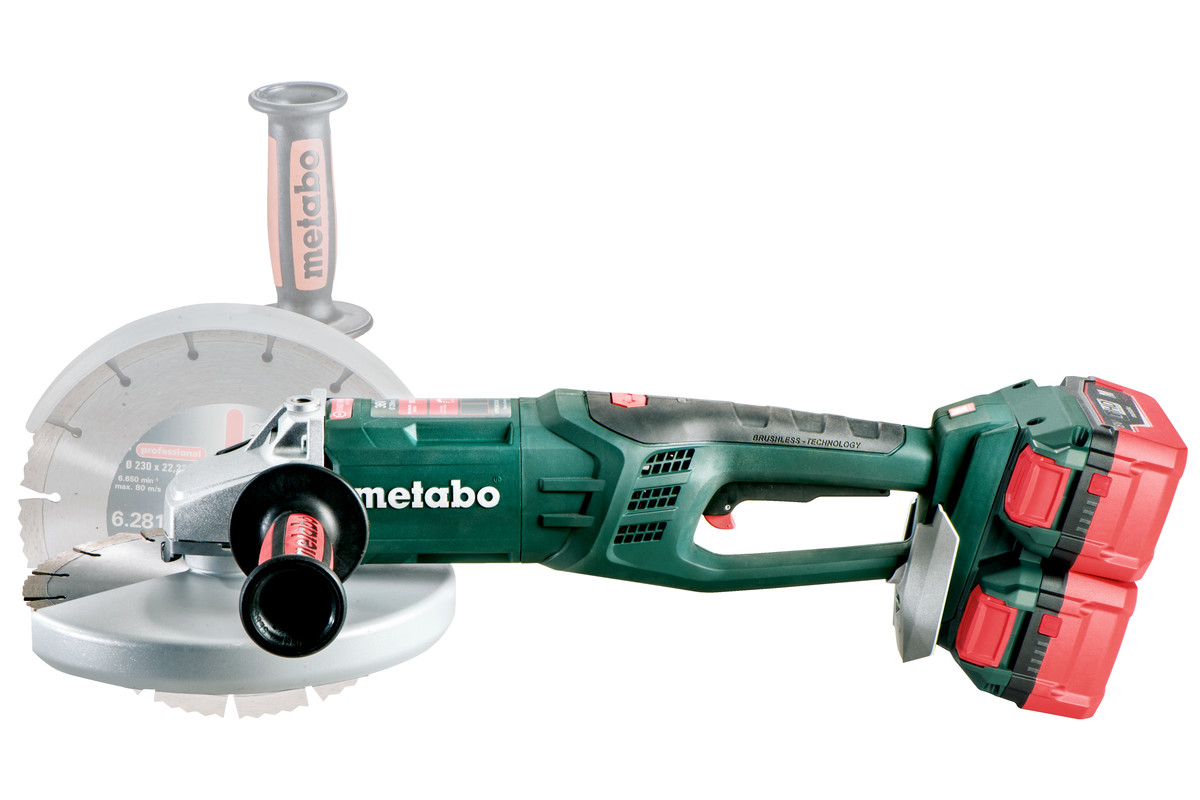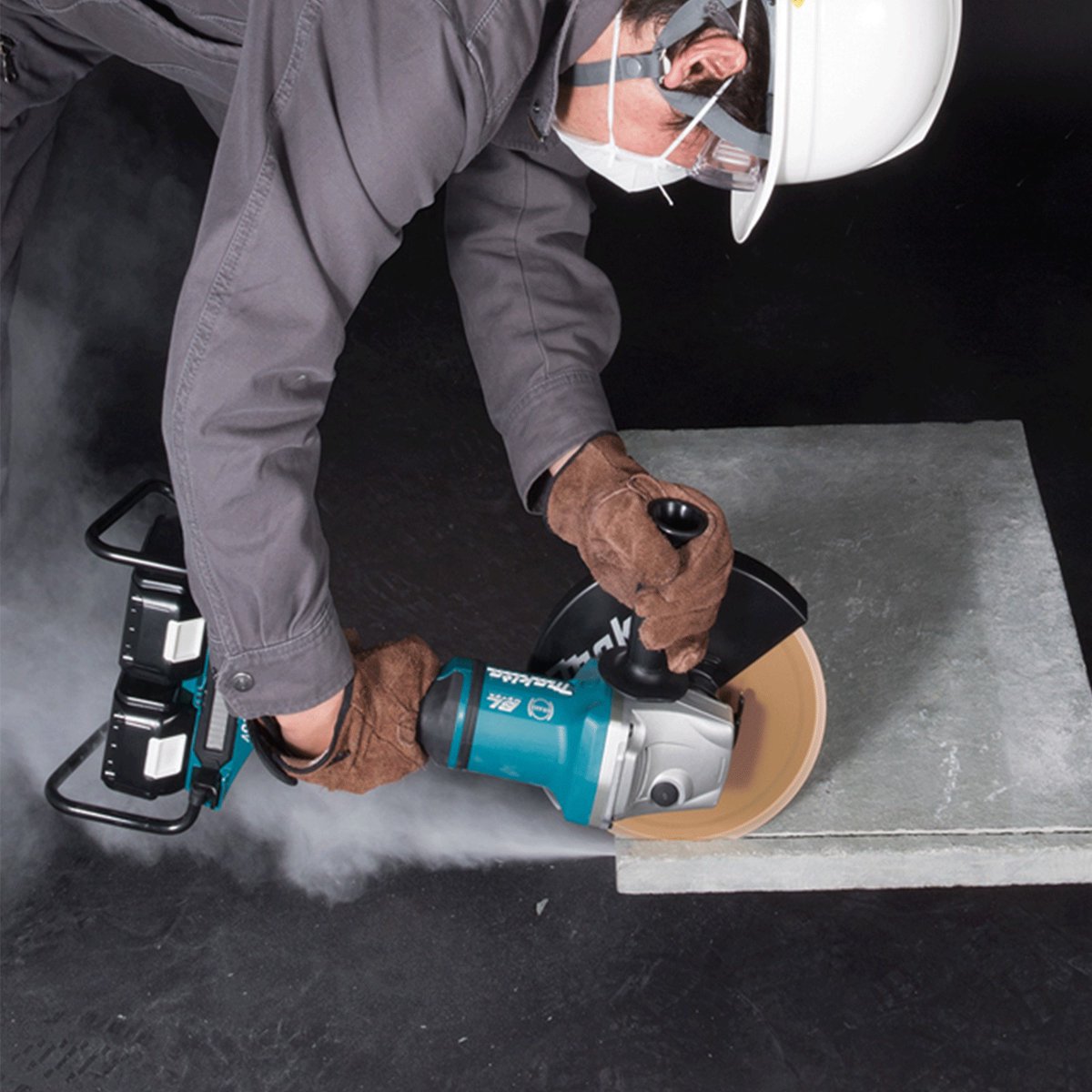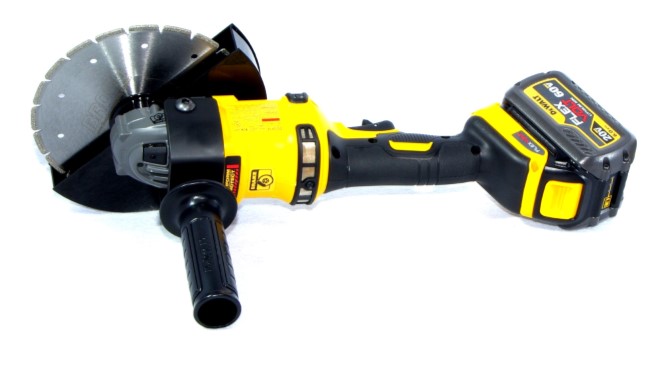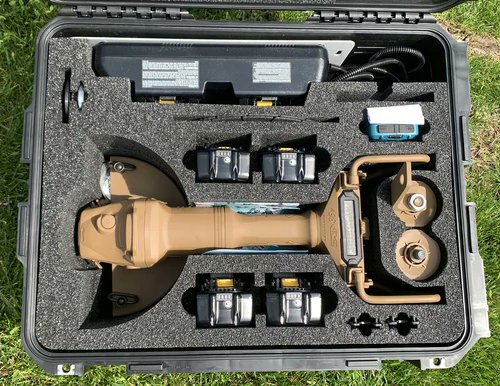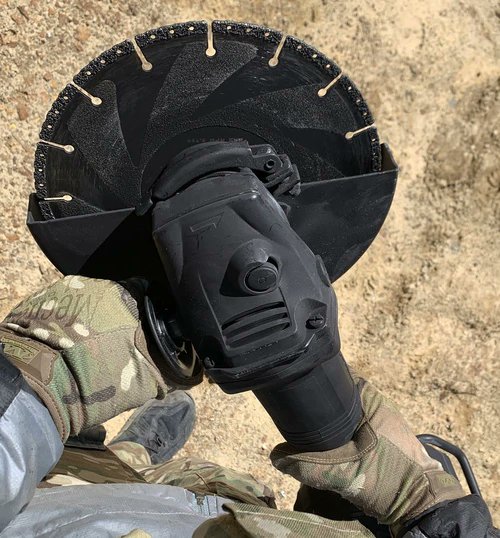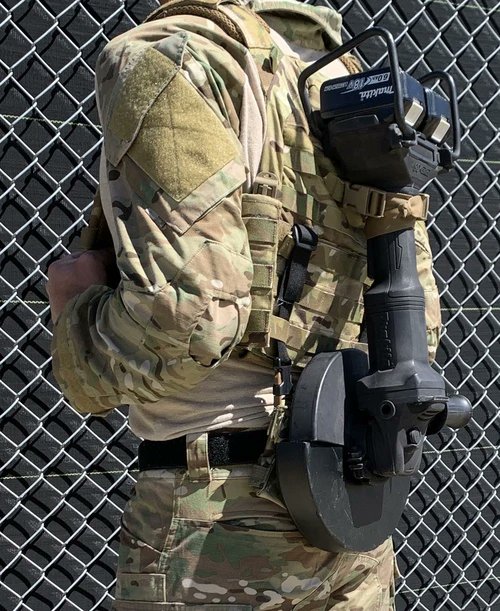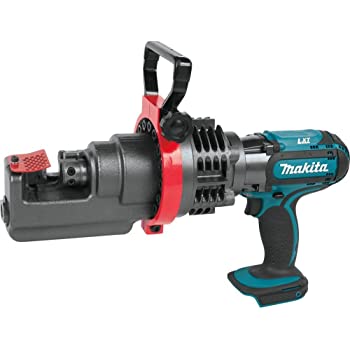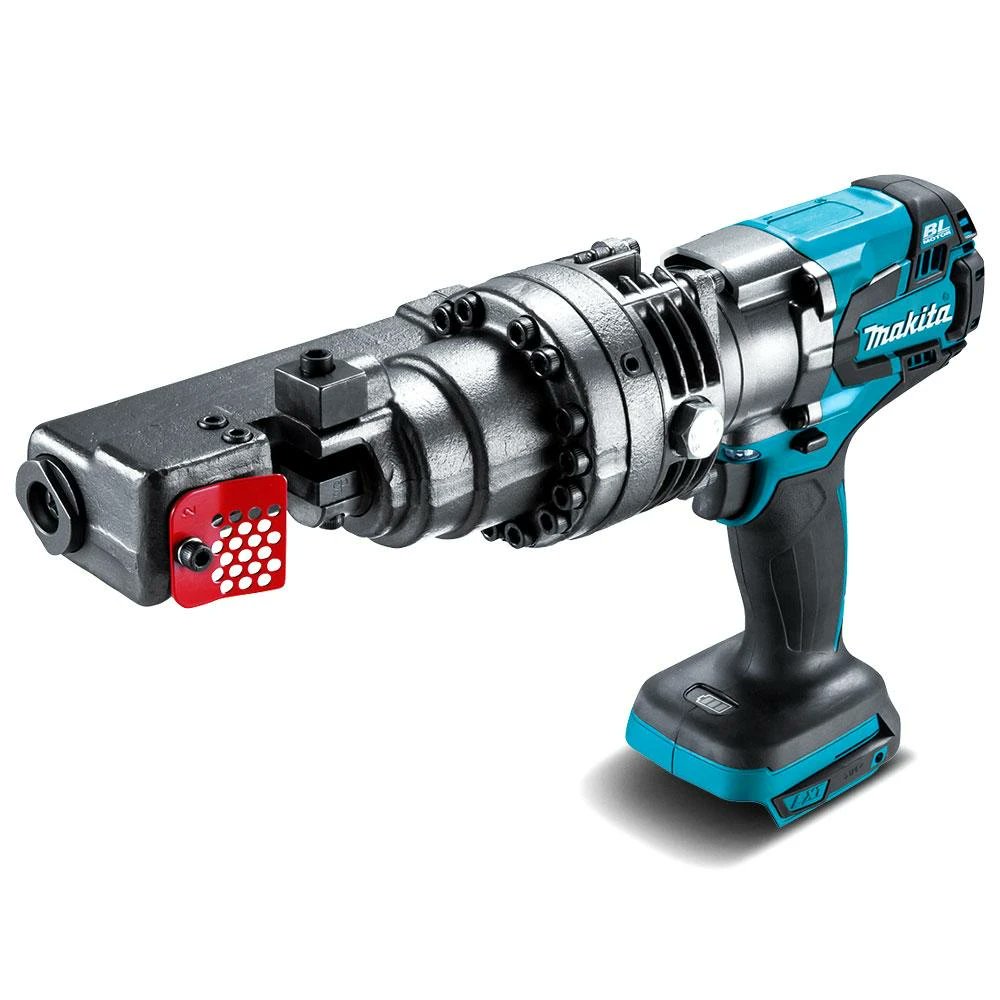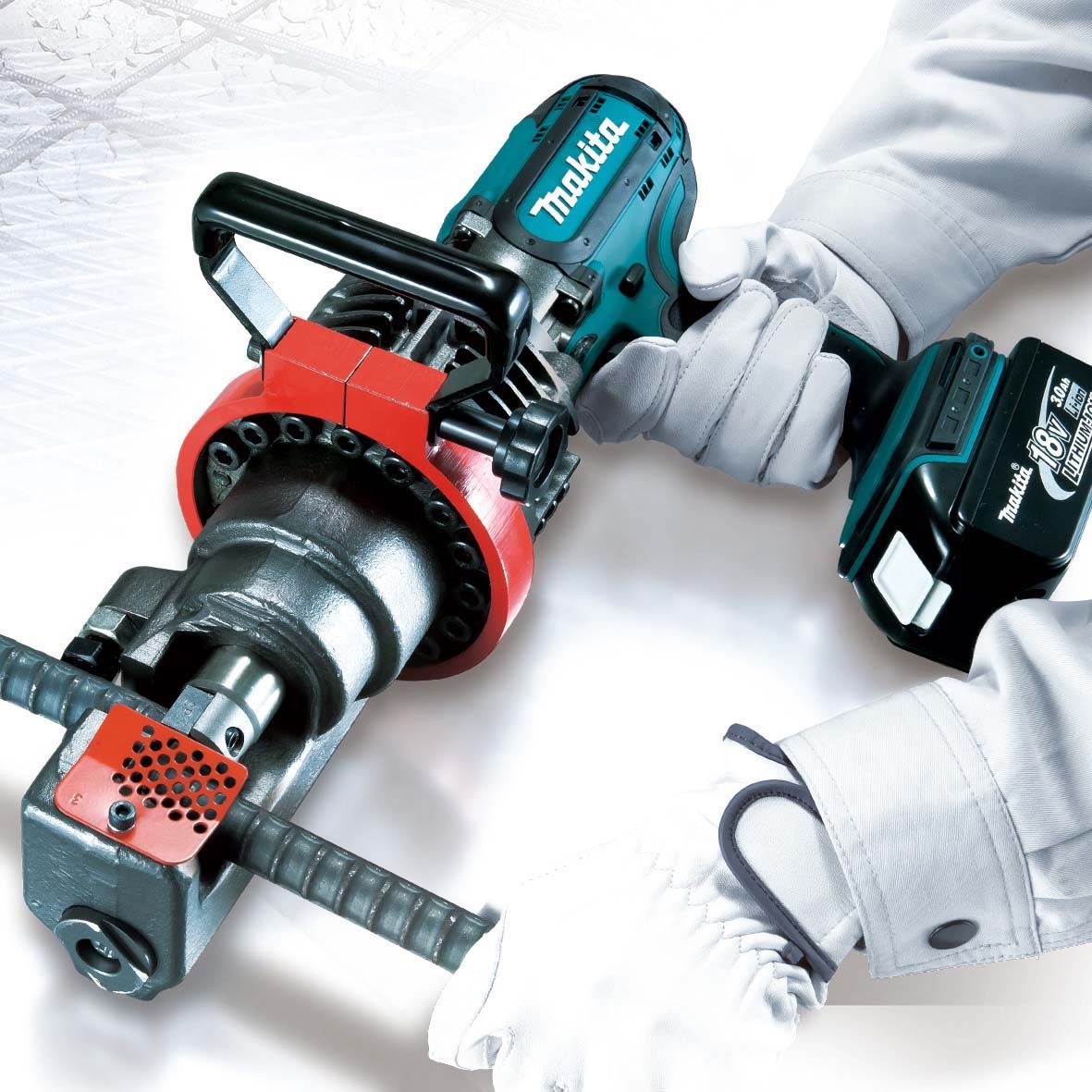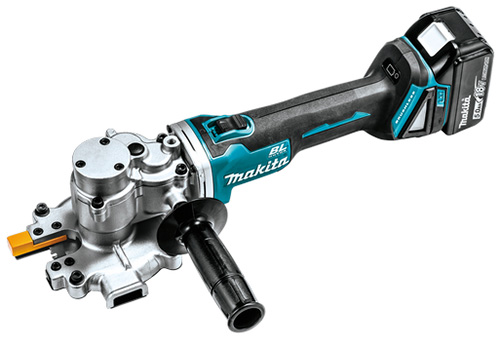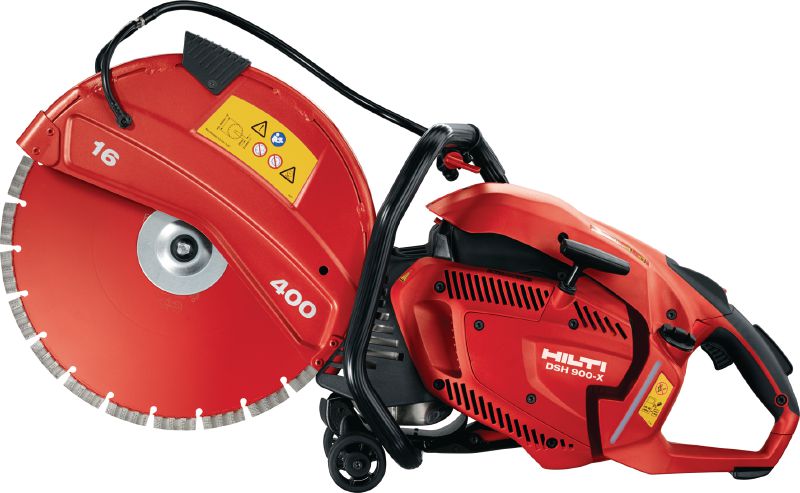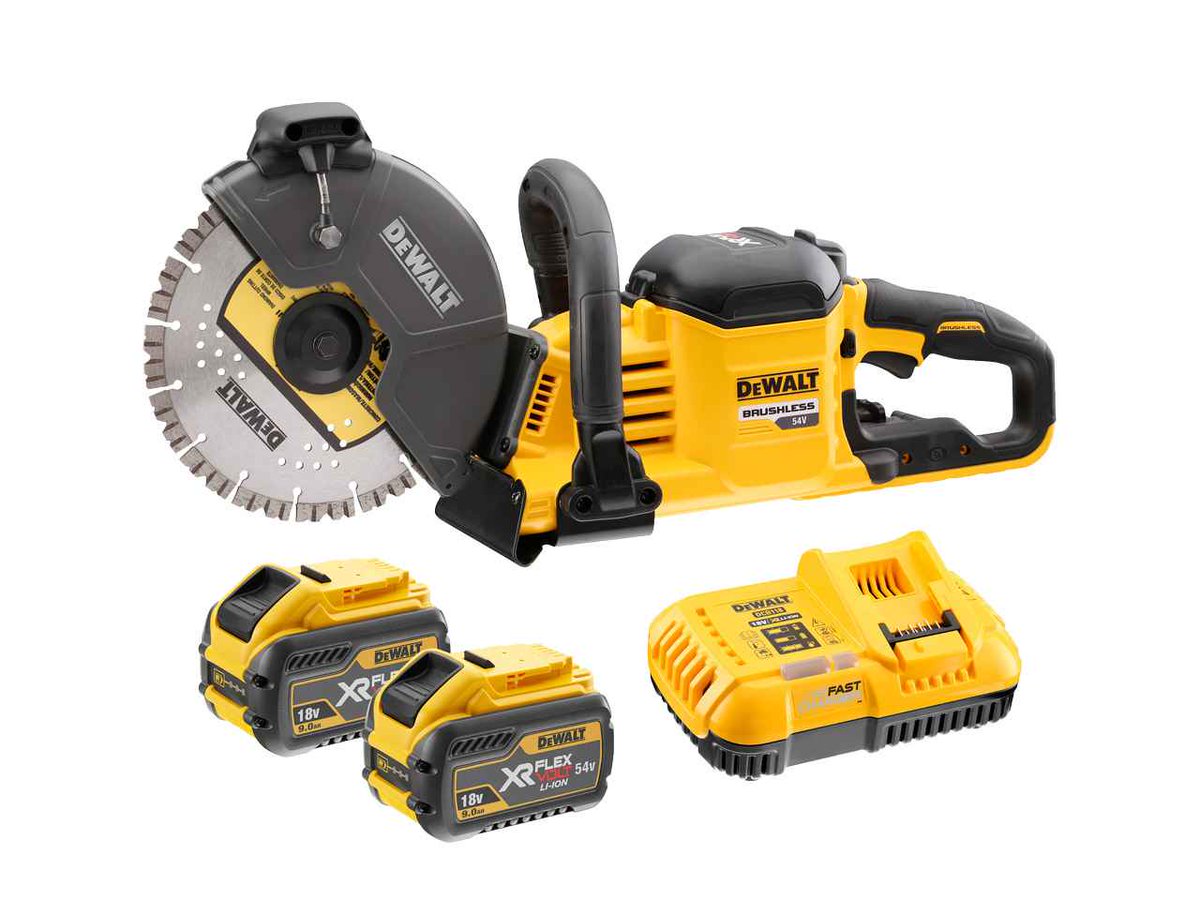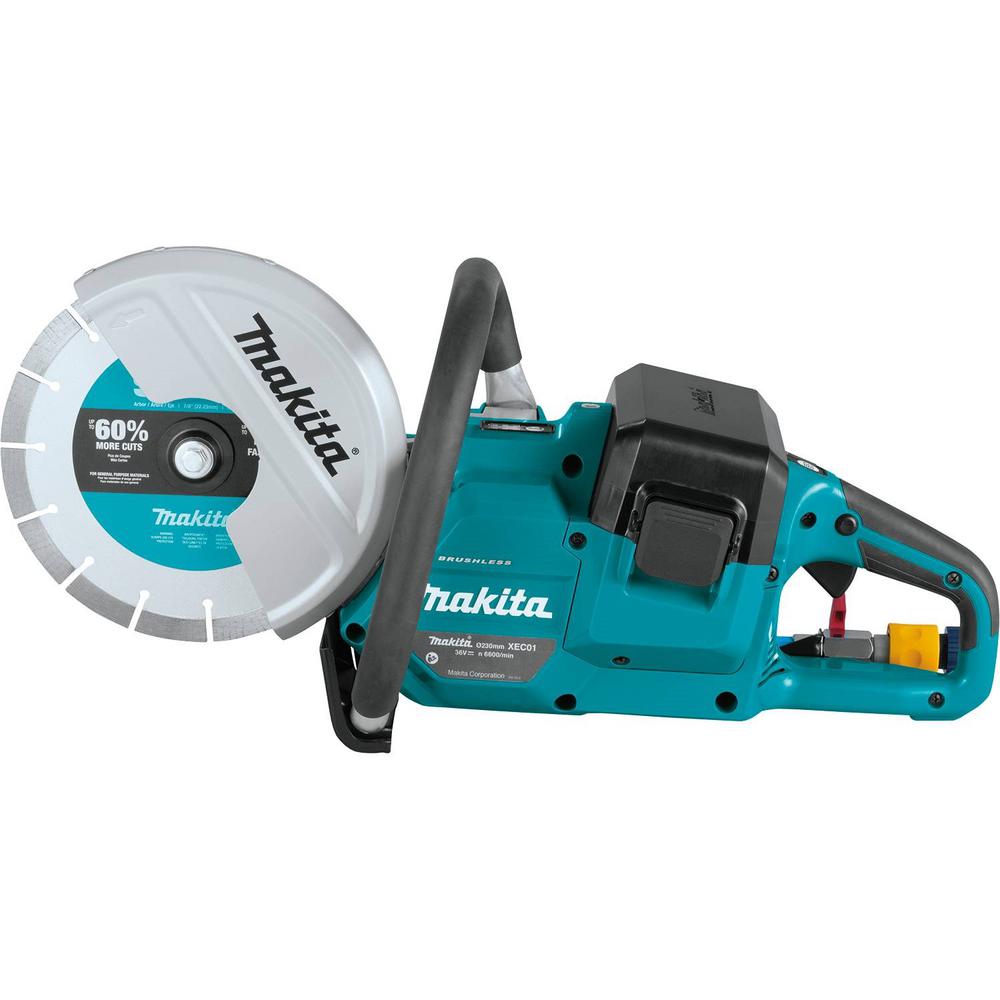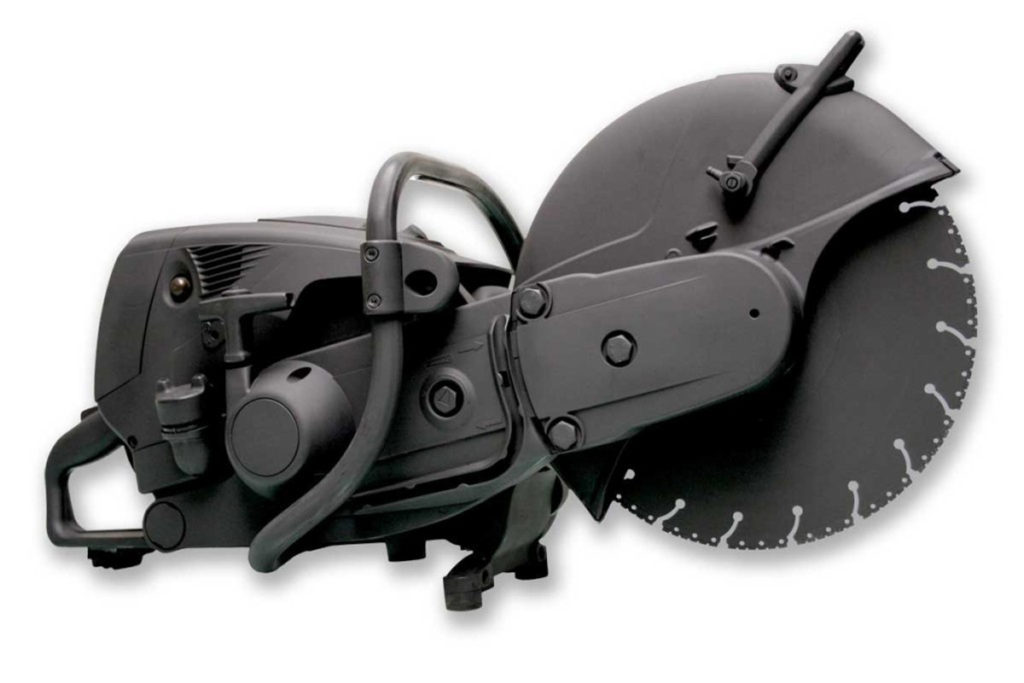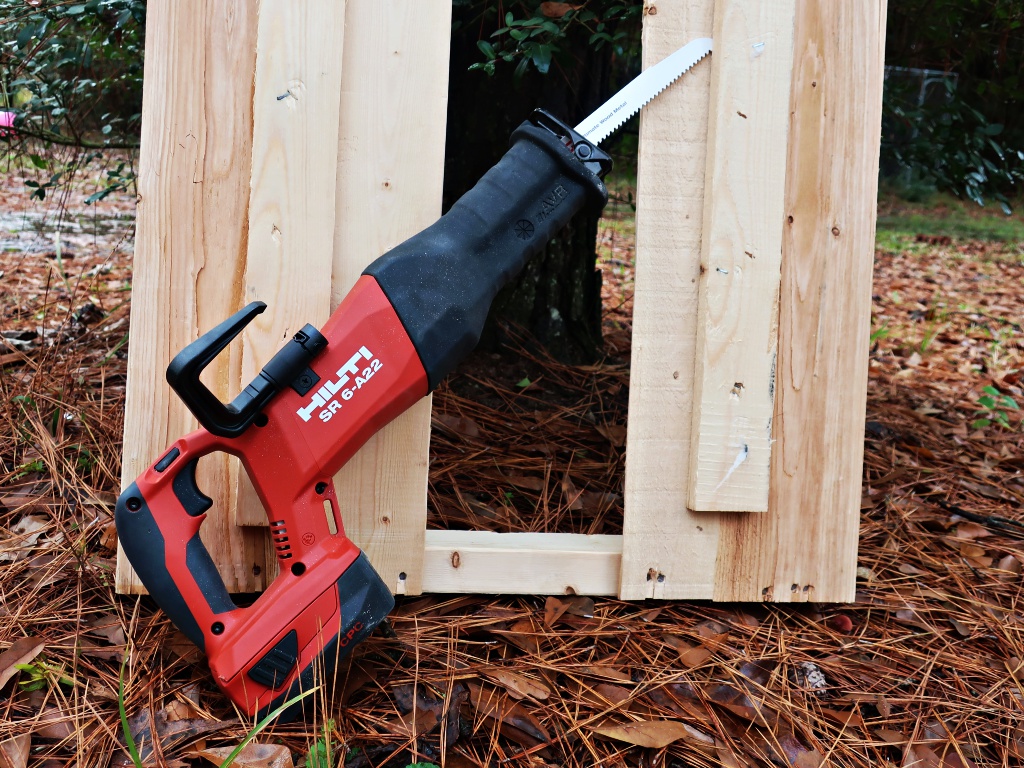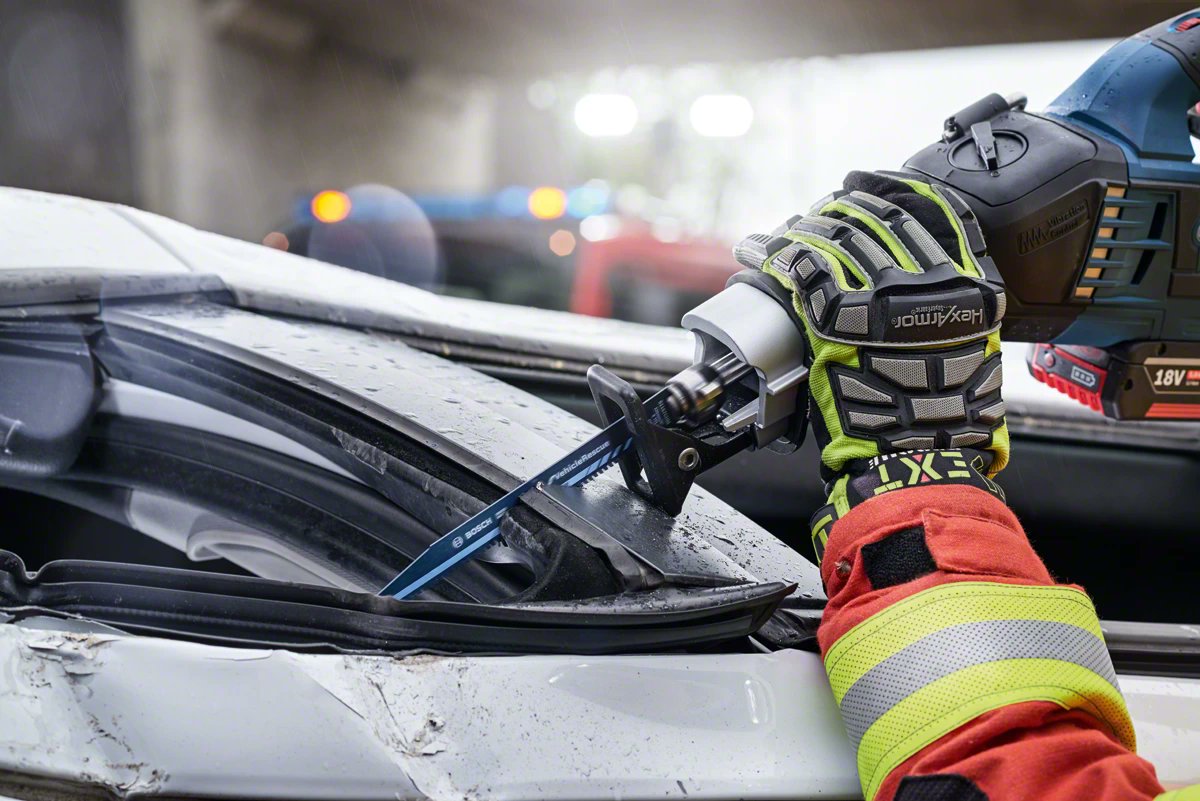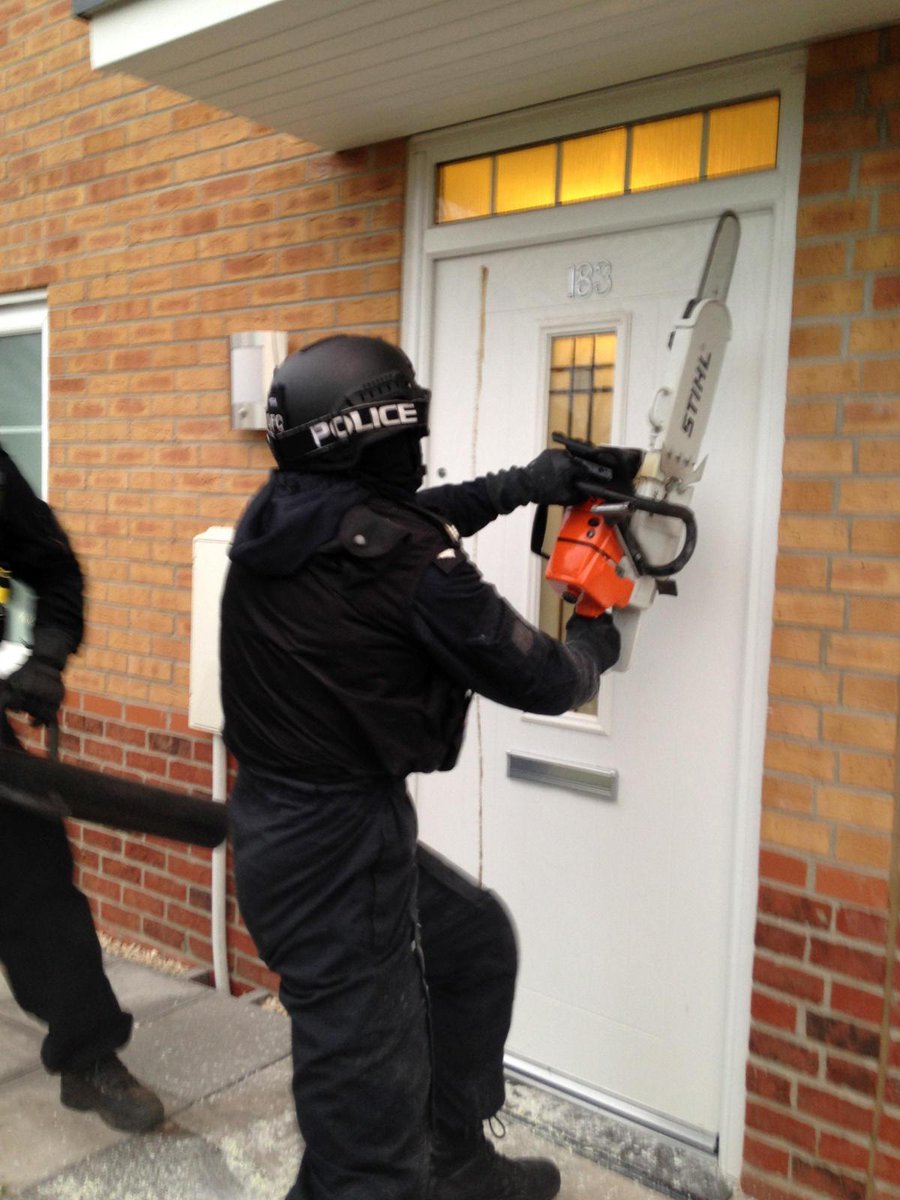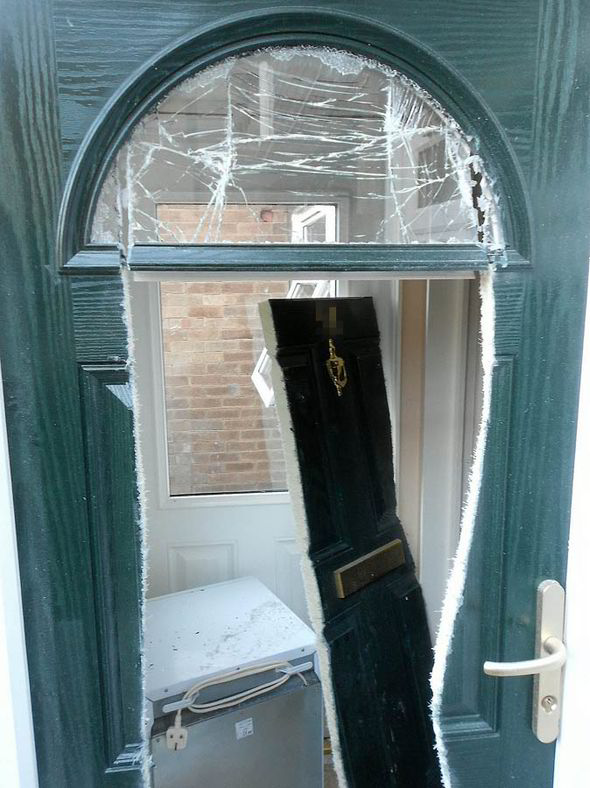A few thoughts on opening doors, doors that don’t want to be opened.
/1
/1
Forcible entry and tactical breaching are arguably the same general area but the former tends to be seen in a fire and rescue or policing context, the latter, molle everywhere, matt black finishes and a gazillion times the price!
/2
/2
Speed is often the main factor, although reducing damage and various other factors such as weight and noise might result in a divergence of approach. These tools might also be used to remove glass from windows or protective grillages or open roller shutter doors for example
/3
/3
There are four basic ways of opening a door or making a hole in a wall for dismounted personnel that don’t have a handy tank to ‘blow the bloody doors off’; explosive, thermal, mechanical and cutting.
/4
/4
Am going to discount fire and thermal cutting for this thread, they are both a whole subject of their own
/5
/5
Physical involves impact, spreading and levering. A padlock for example, could be smashed off with a sledge hammer, levered off the door with a crowbar, or cut with a saw or grinder of some sort.
/6
/6
Perhaps the best tools are the ones readily available in unit stores, crowbars and sledgehammers, they are not specialist, have utility elsewhere, cheap and simple to use and maintain. Some hefty folks behind them is all that needs to be added
/8
/8
Like any subject, specialist tools are available, taking these simple concepts of impact and leverage a step further. Five hundred quid each, how about a tactical hammer and pry bar?
/9
/9
More realistically, the demolition and fire and rescue markets have various tools readily available for levering and smashing things
/10
/10
For smashing doors open, am sure we have all seen videos of battering rams in use, simple, cheap, effective.
/11
/11
Many doors might be reinforced and resistant to brute force so door spreaders and lifters have been developed. A simple wedge and hammer will also allow the application of very targeted spreading forces also
/12
/12
The Percussive Rescue Tool from Paratech is a manual striking and spreading tool, watch the video to see how it works
https://paratech.com/products/forcible-entry-tools/prt-rescue-kit/
/13
https://paratech.com/products/forcible-entry-tools/prt-rescue-kit/
/13
With roots in the rescue industry, hydraulic spreaders and wedges can be used to either lift a door off its hinges, force it open or spread the door frame such that it can be pushed in
/14
/14
The ones above are manual hydraulic although and battery-powered hydraulic equipment is also available
SAN Tactical as an example
https://www.santactical.com/catalog/
/15
SAN Tactical as an example
https://www.santactical.com/catalog/
/15
Sigma another
/16
https://sigmasecuritydevices.com/product-category/hydraulic-electric-tools/spreader-tools/
/16
https://sigmasecuritydevices.com/product-category/hydraulic-electric-tools/spreader-tools/
An interesting door lifter from Door Storm that uses standard Makita battery-powered drills
http://doorstorm.com/power-storm.html
/19
http://doorstorm.com/power-storm.html
/19
Finally, Kinetic Breaching Technology make a powder actuated breaching tool that uses .45 calibre blank rounds to apply the breaching impulse force
https://www.kineticbreaching.com/
/20
https://www.kineticbreaching.com/
/20
For cutting, either through doors and wall, rebar grillages or even padlocks and the side of an ISO container, many options exist. At the lowest level, simple bolt croppers are cheap and effective, available in cheap and cheerful or tacticool and expensive versions
/20
/20
The construction and demolition industry has a lot to offer the non-conventional door opening industry, and most of the tactical integrators have recognised this, building after market solutions
/22
/22
Small battery powered angle grinders can be very effective, although obviously, limited by capacity and power duration. 10-12v or 18v platforms from Hilti, Bosch, Makita, Dewalt etc, coupled with high quality blades
/23
/23
These are effective and above all, cheap and simple, some even double up the batteries for a heavy duty option, and some with larger and/or specialist 230mm blades. 60v systems are also available
http://www.broco-rankin.com/tactical/forced-entry/broco-mini-breaching-saw-kit1/
/24
http://www.broco-rankin.com/tactical/forced-entry/broco-mini-breaching-saw-kit1/
/24
A spot of paint, a nice Peli case, and call it a 9” Tactical Breaching Tool
https://www.sawarmor.com/2020-9-tactical-36v-breaching-rescue-kit-w-3pt-magpul-sling-system-broco-diamond-ripper-blades-available-on-gsa-call-for-details/
#kerching
/25
https://www.sawarmor.com/2020-9-tactical-36v-breaching-rescue-kit-w-3pt-magpul-sling-system-broco-diamond-ripper-blades-available-on-gsa-call-for-details/
#kerching
/25
For rebar or wire, dedicated battery powered anvil cutters are quicker, safer and produce no sparks or heat, also available on a variety of batter platforms.
/26
/26
Disc cutters, whether battery, gas or petrol, are extremely effective, especially when paired with specialist blades, although when cutting through masonry or concrete in confined spaces, dust might be an issue.
/27
/27
The choice between petrol, gas or battery will depend on many factors but it is probably fair to say, battery technology is becoming the standard for all except the most rugged of markets. Most are also available in ‘tactical’
/28
/28
Simple reciprocating saws can also be used in some cases, especially with specialist mixed material blades like those from the Bosch carbide range. Reinforced and safety glass can be especially difficult with physical impact tools so these blades make a real difference
/29
/29
As composite doors have become more widespread and criminals savvy to counter mechanical breaching tools, police forces have responded by using high speed rescue equipment, notably, chainsaws
/30
/30
Available from a number of specialist outlets, the Stihl Rescue chainsaw is the most common. They use petrol engines, blade covers and carbide or diamond blades. Again, blade choice makes a big difference
https://www.stihl.co.uk/STIHL-Products/Chainsaws-and-pole-pruners/Petrol-rescue-chainsaw/279879-35299/MS-462-C-M-R.aspx
/31
https://www.stihl.co.uk/STIHL-Products/Chainsaws-and-pole-pruners/Petrol-rescue-chainsaw/279879-35299/MS-462-C-M-R.aspx
/31
These can be used for doors, roller shutter doors, roof panels, masonry and concrete, vehicles and timber, the are extremely effective and fast, arguably the pinnacle of non-explosive means of entry.
http://www.cuttersedge.com/
/32
http://www.cuttersedge.com/
/32
The bragging rights for being let loose on a diamond blade chainsaw, off the scale.
There are many other things to consider besides tool selection; training, safety, support, carriage and transport, but hopefully, some food for thought
/END
There are many other things to consider besides tool selection; training, safety, support, carriage and transport, but hopefully, some food for thought
/END

 Read on Twitter
Read on Twitter
